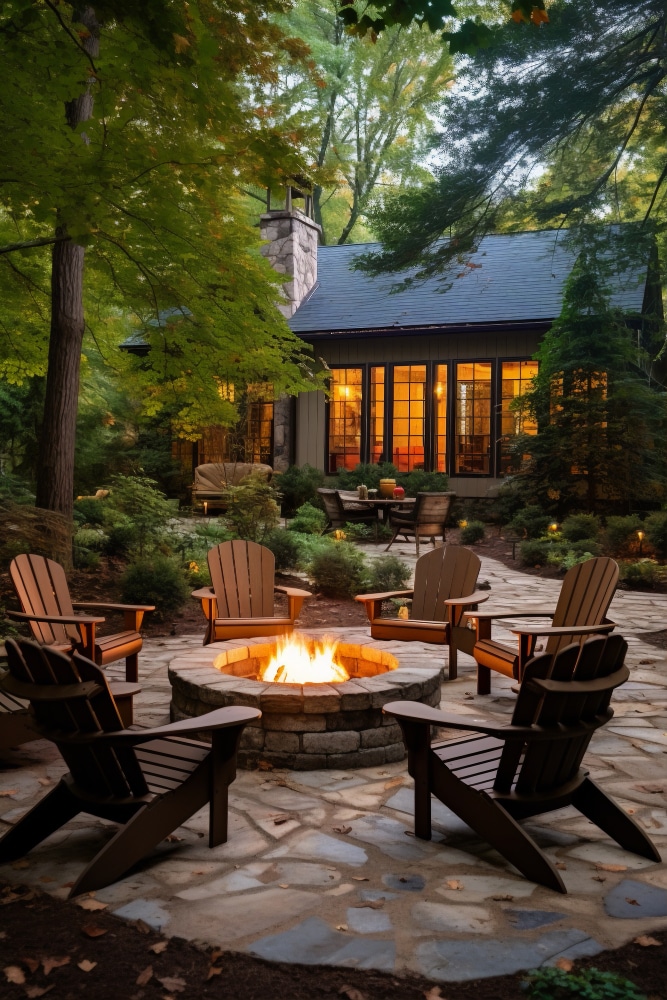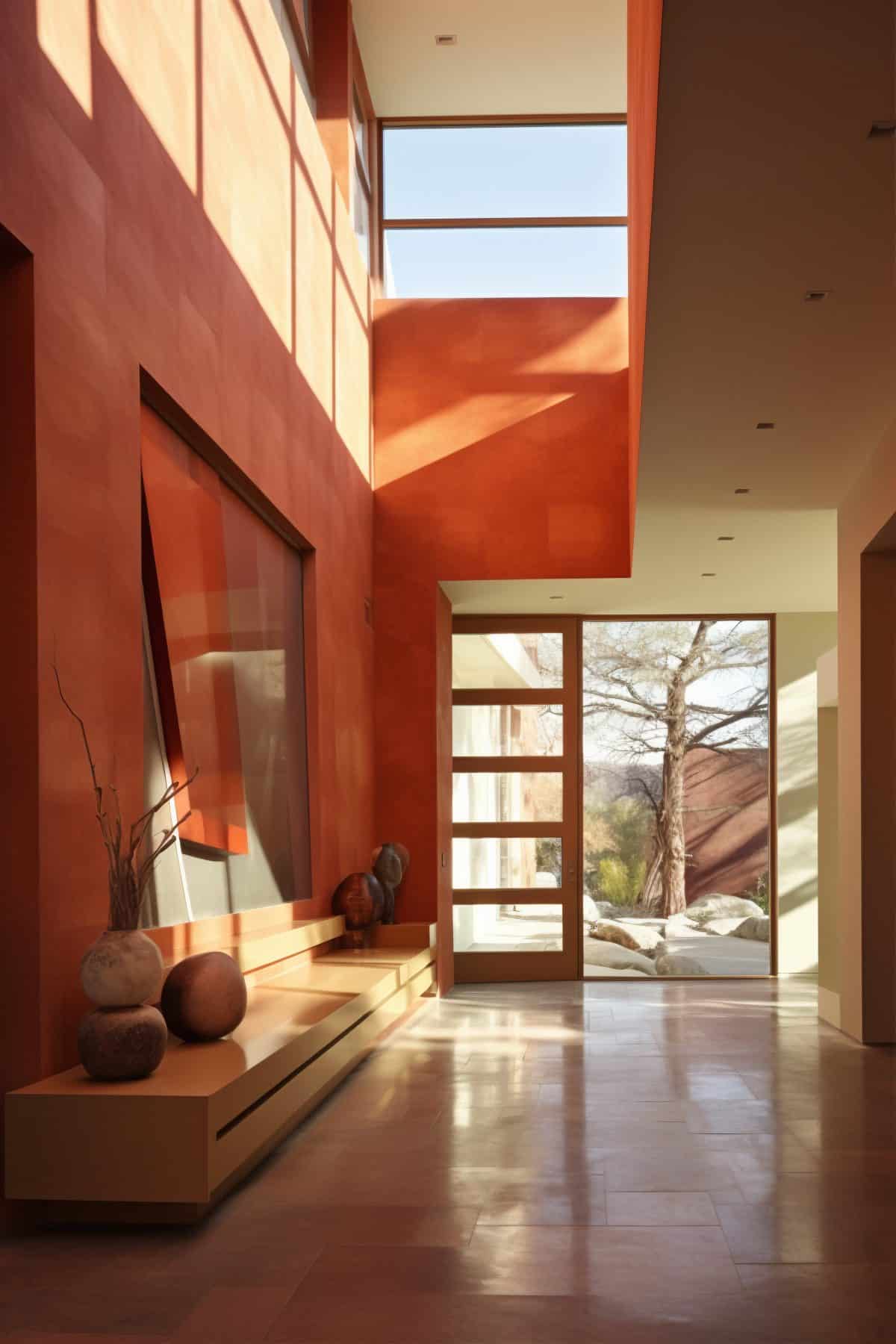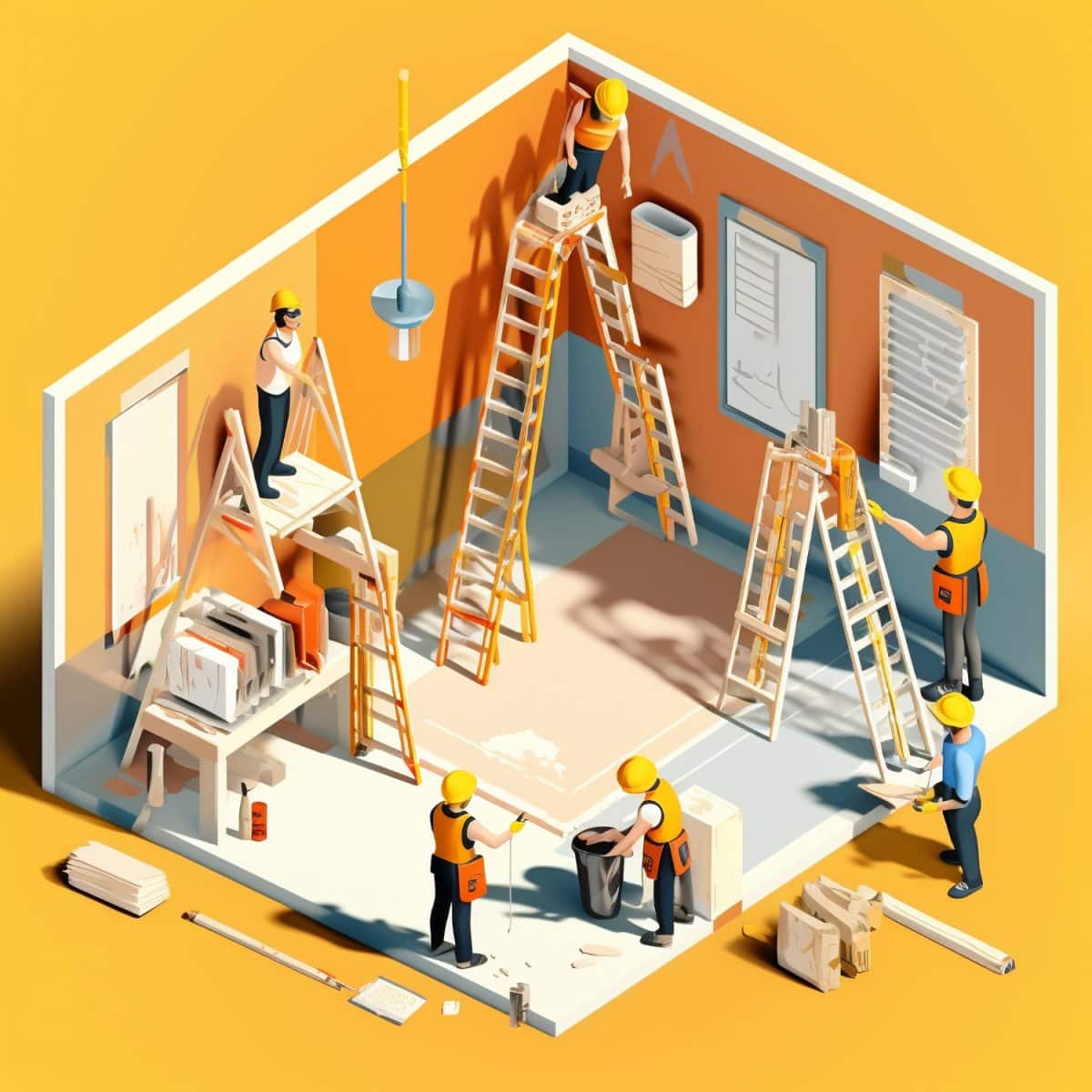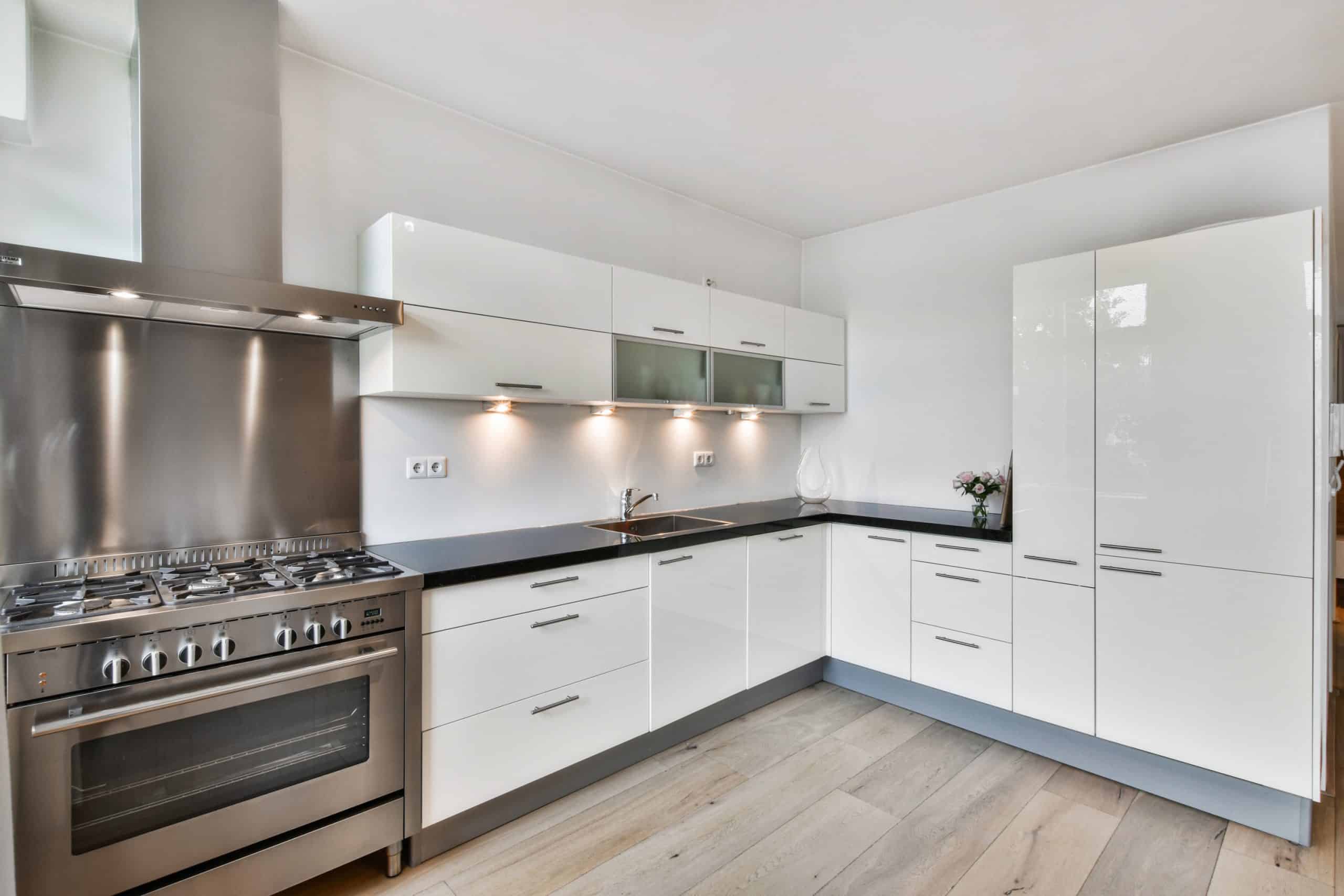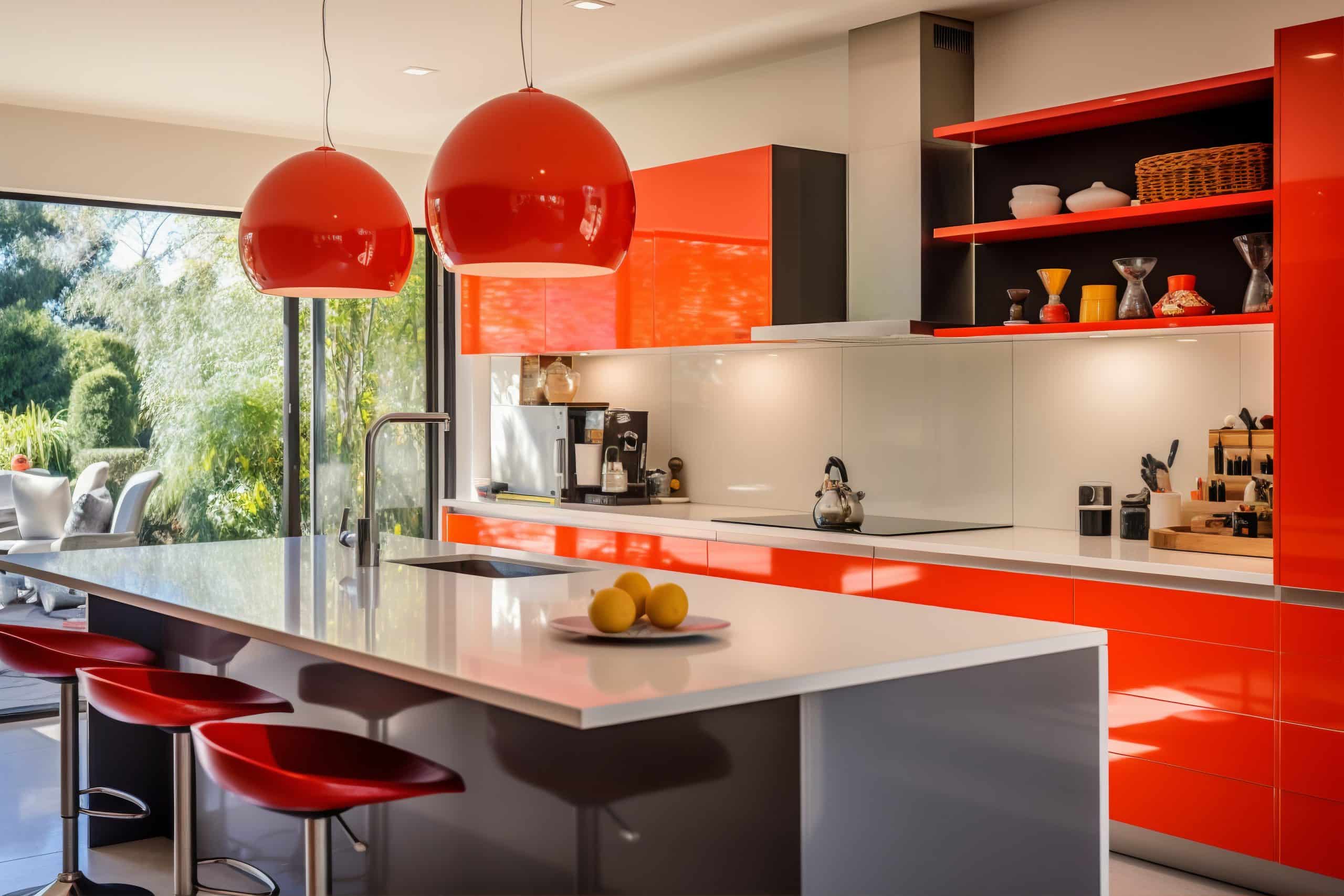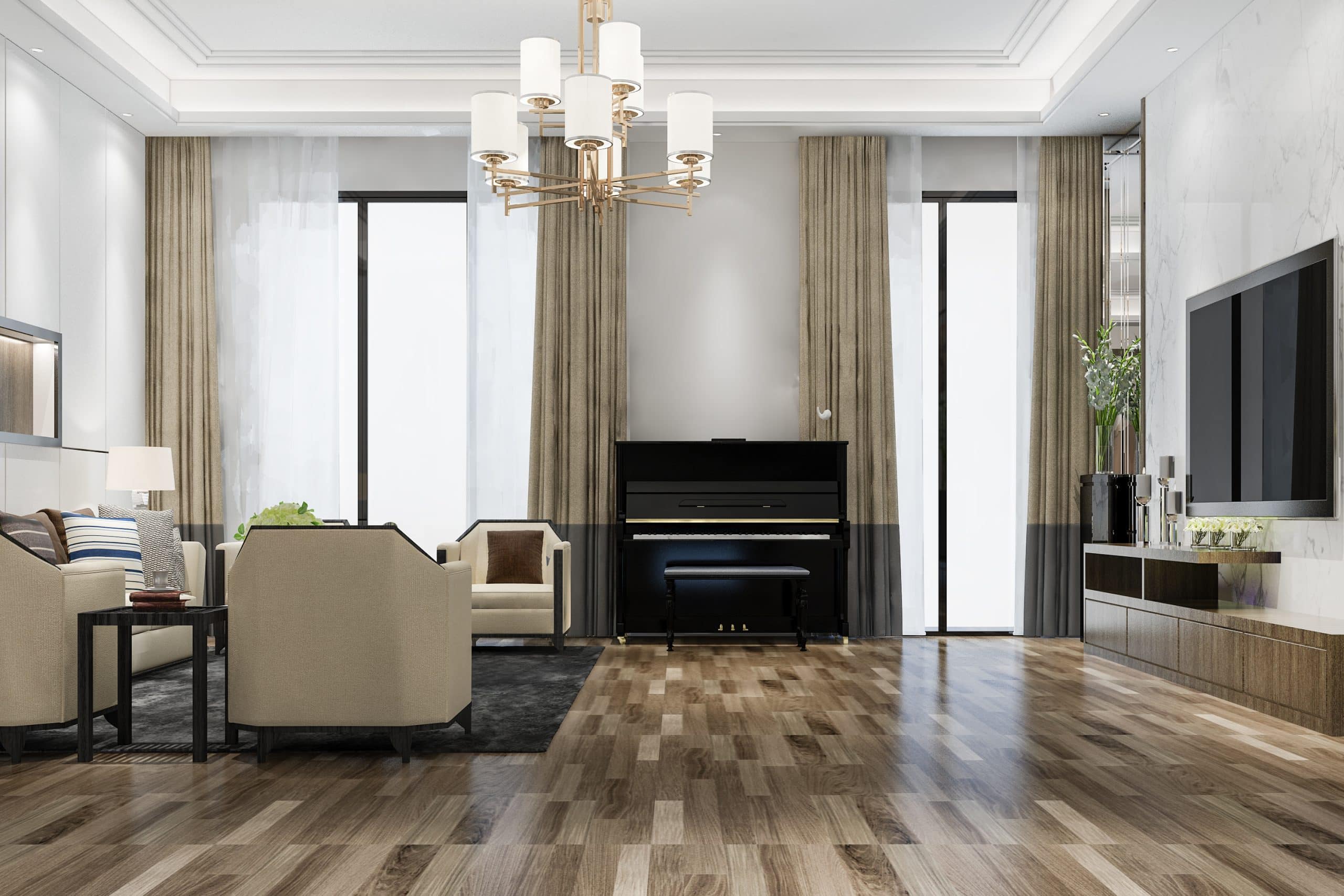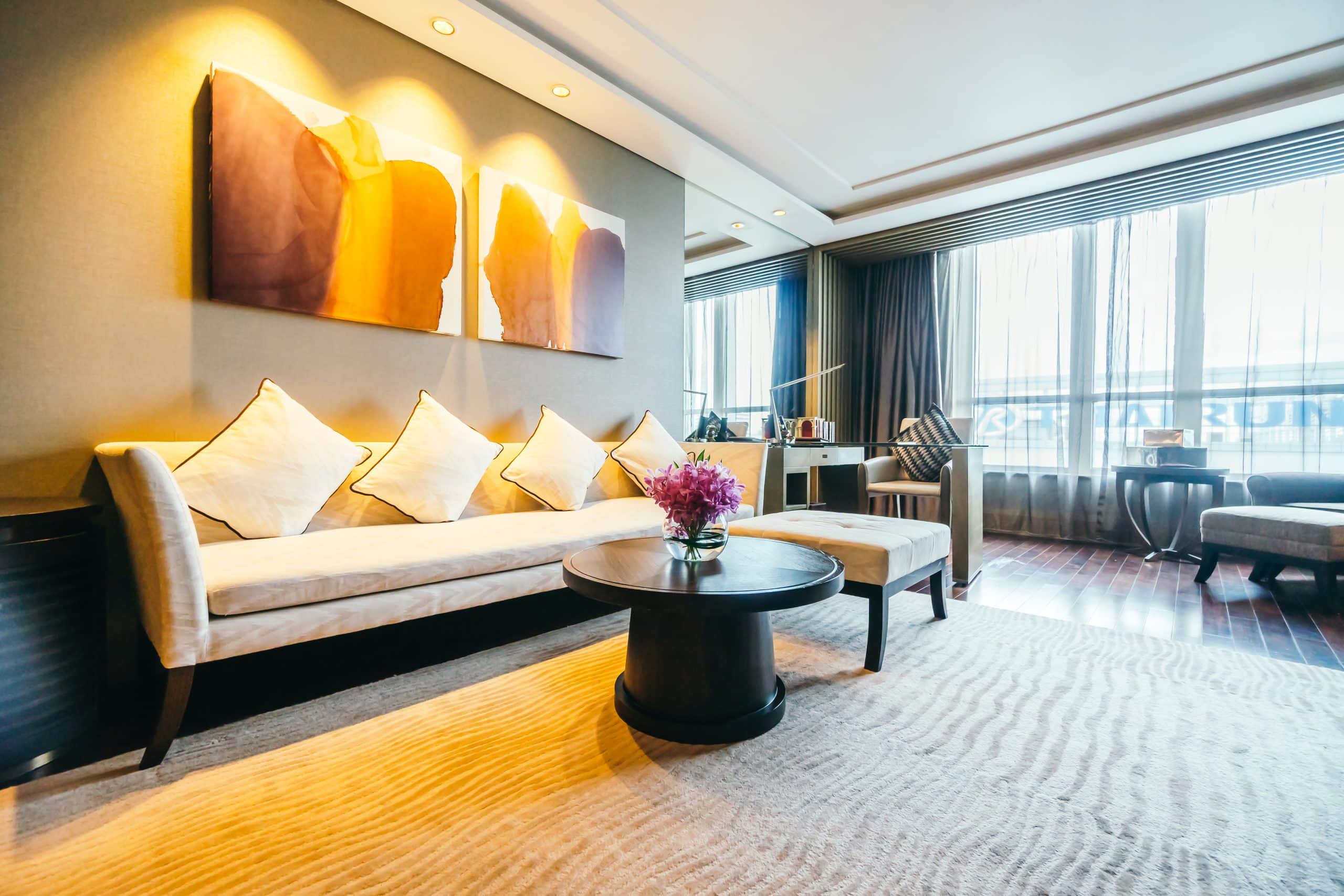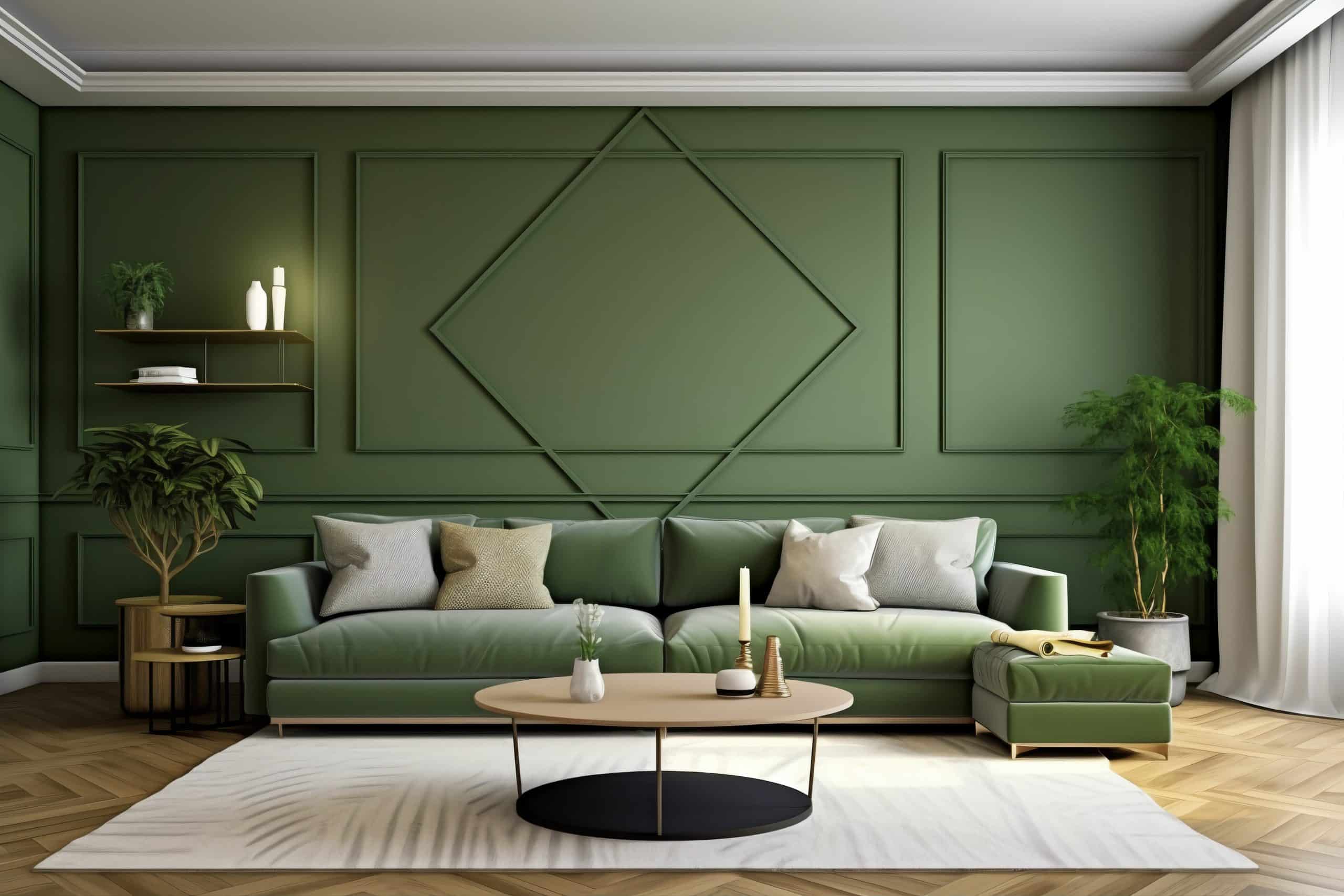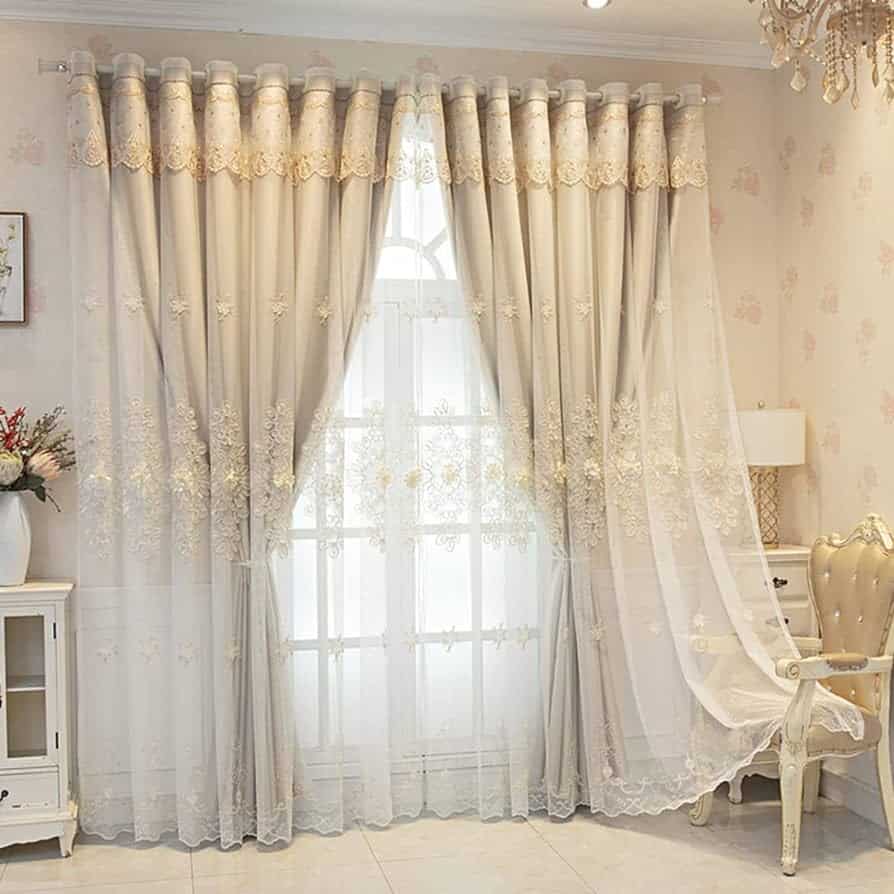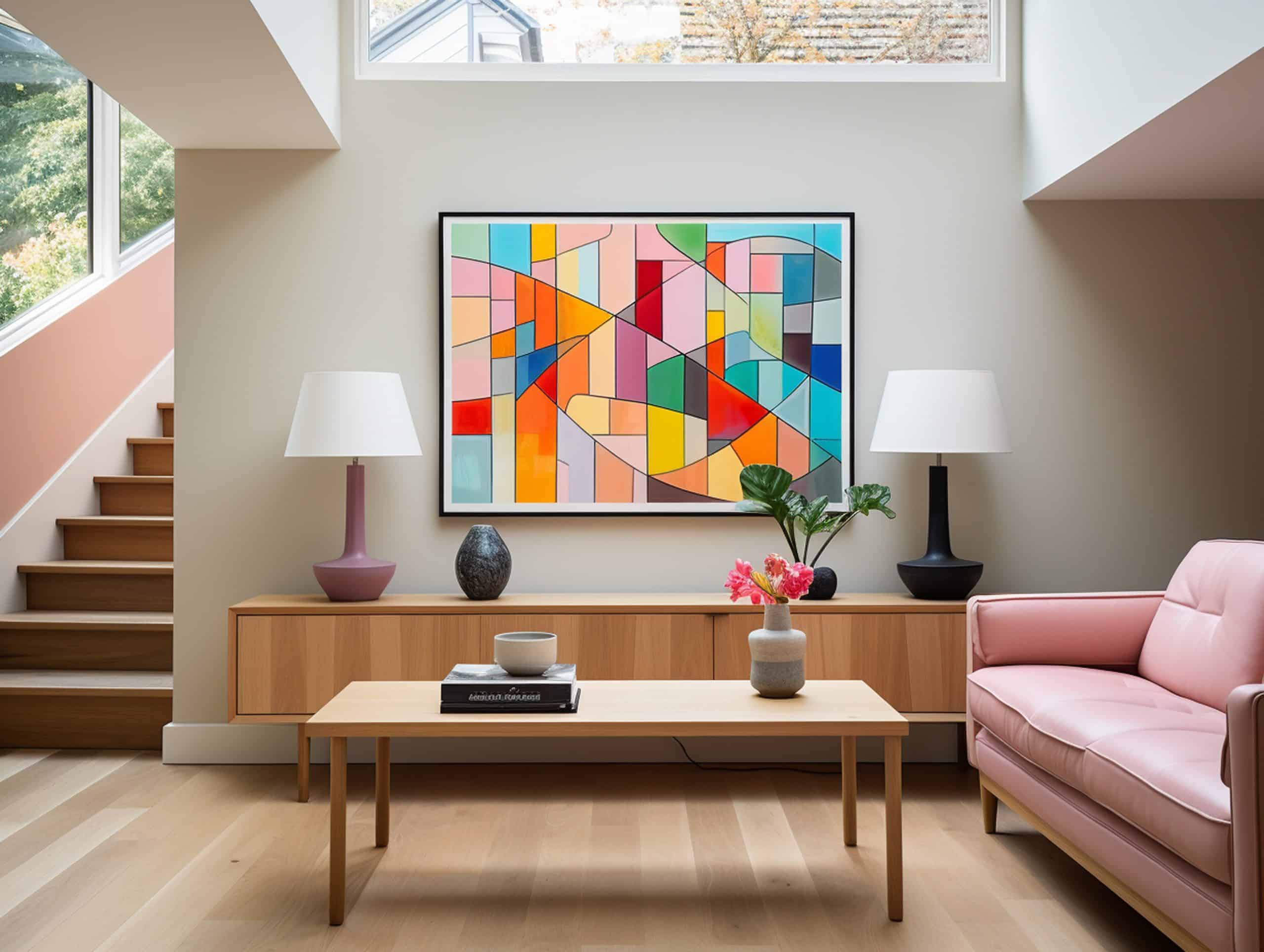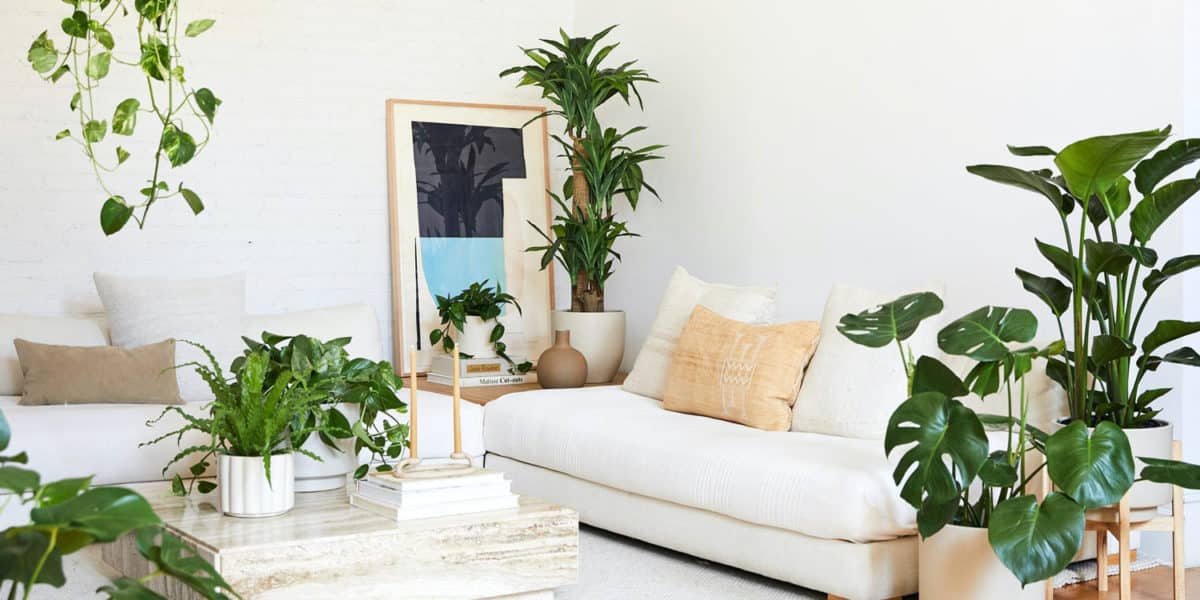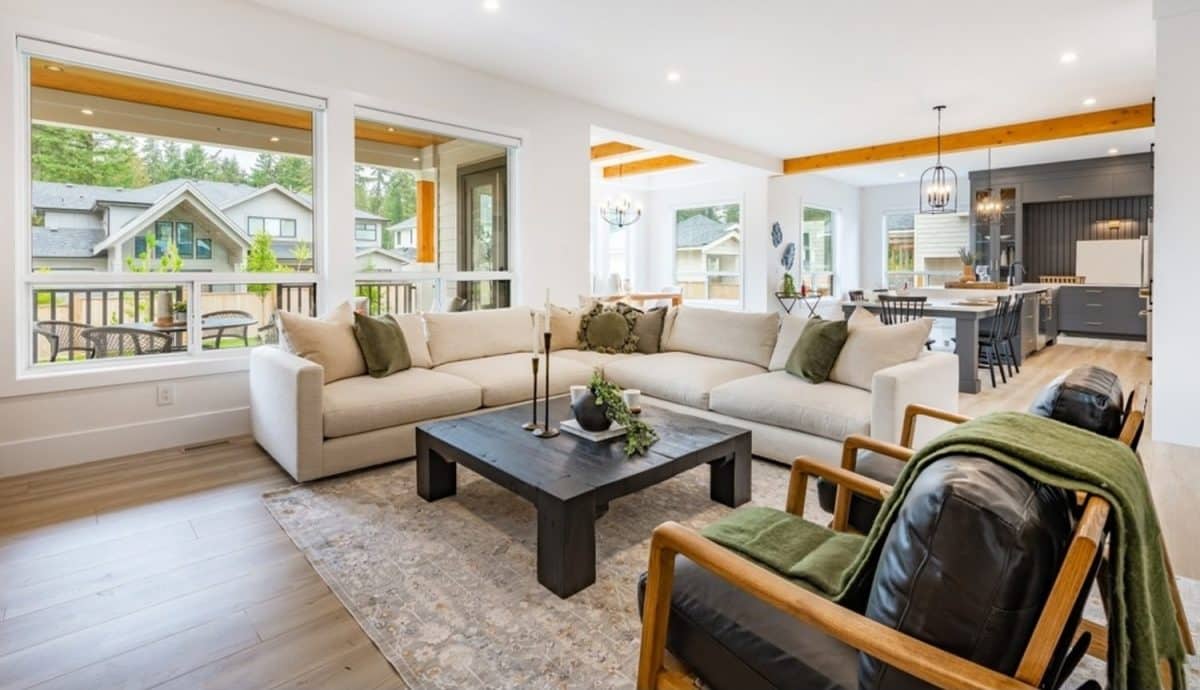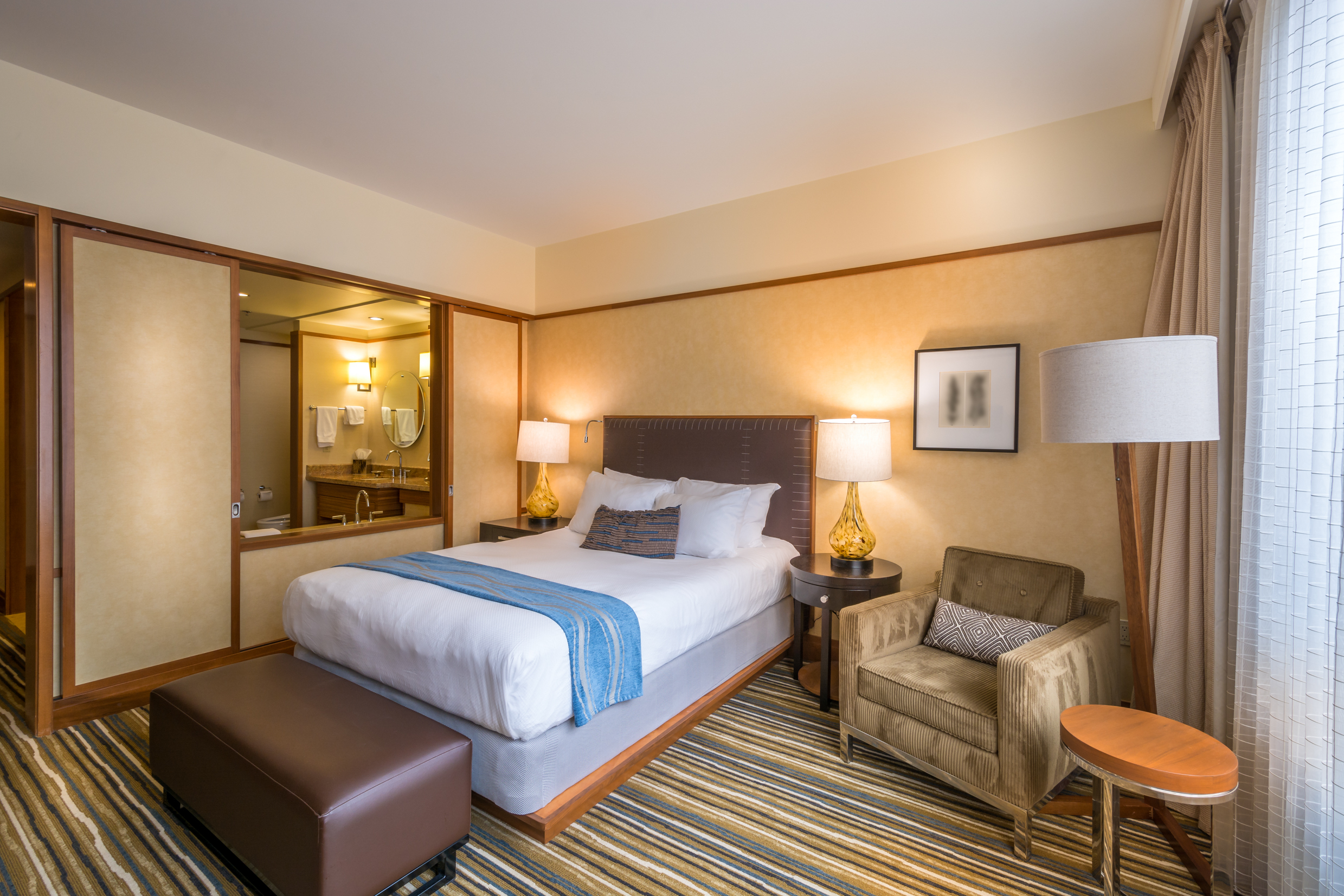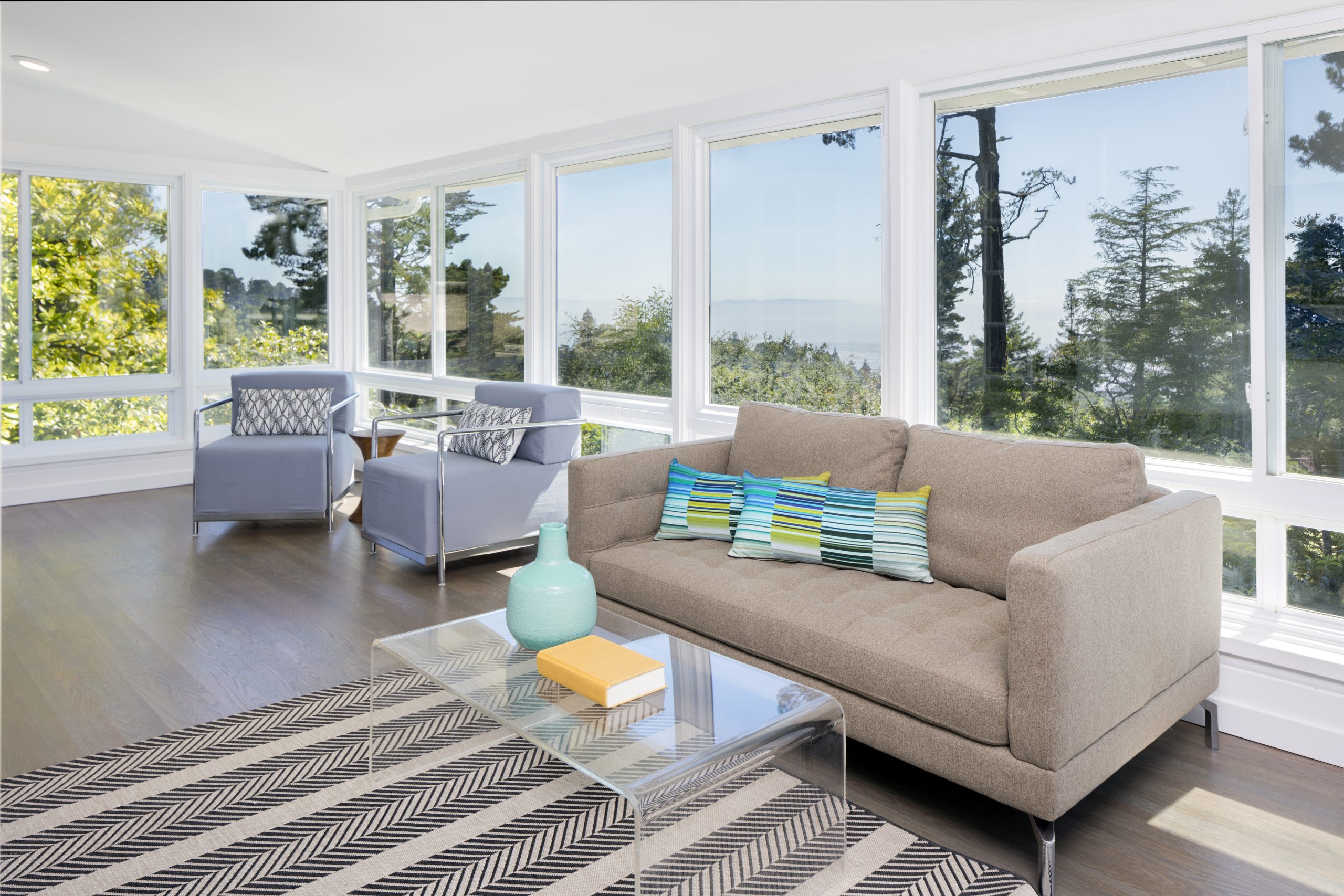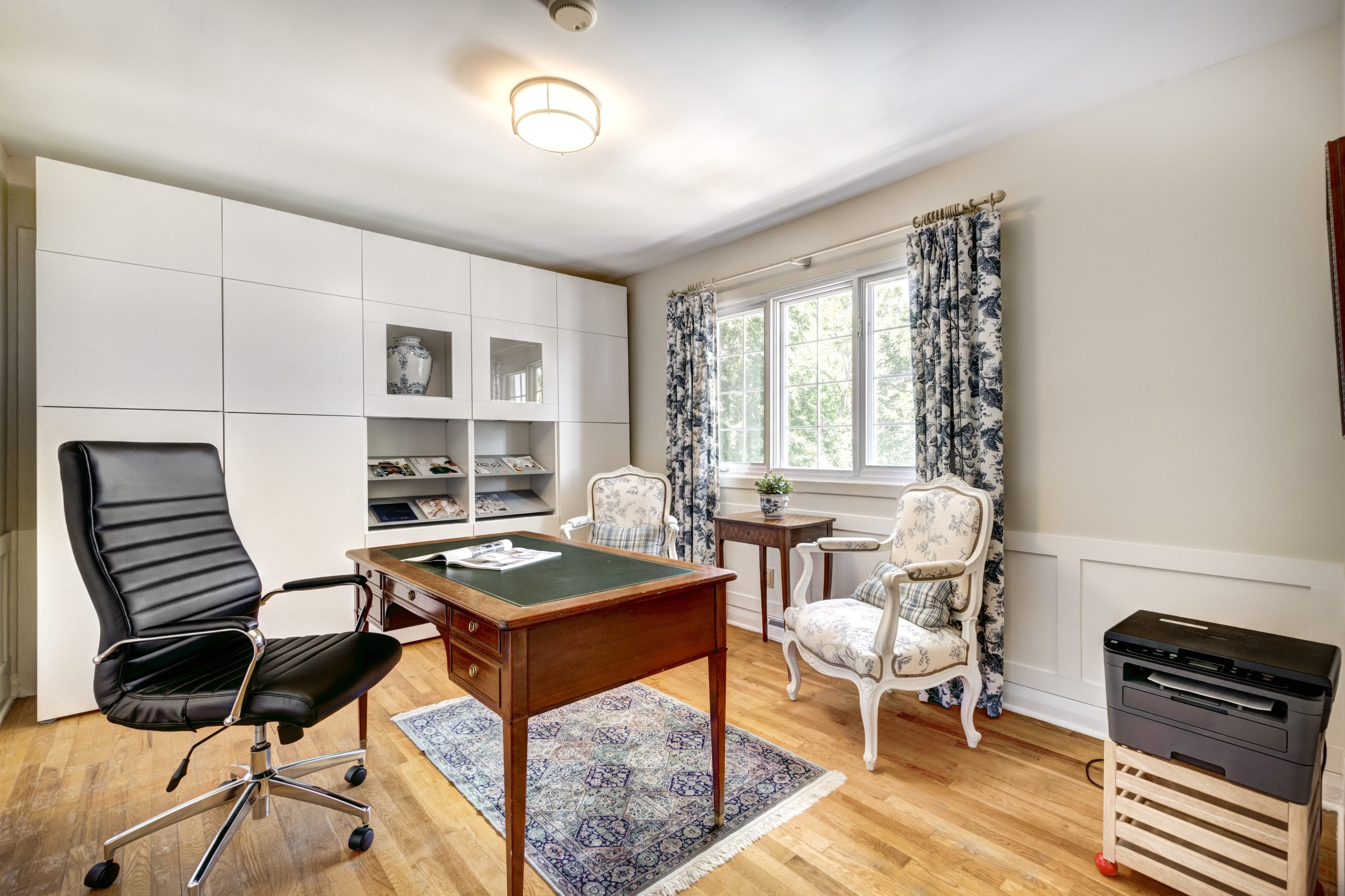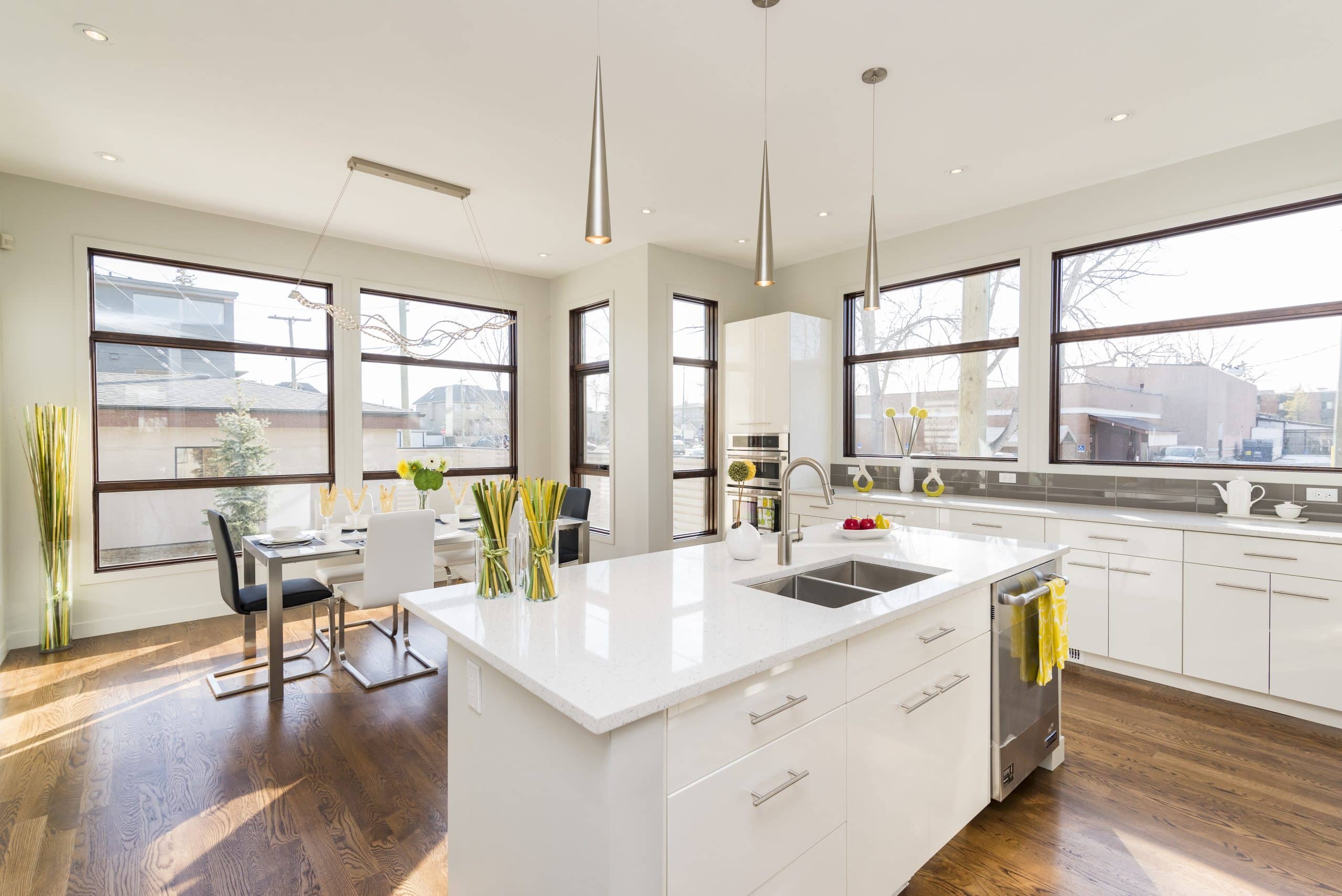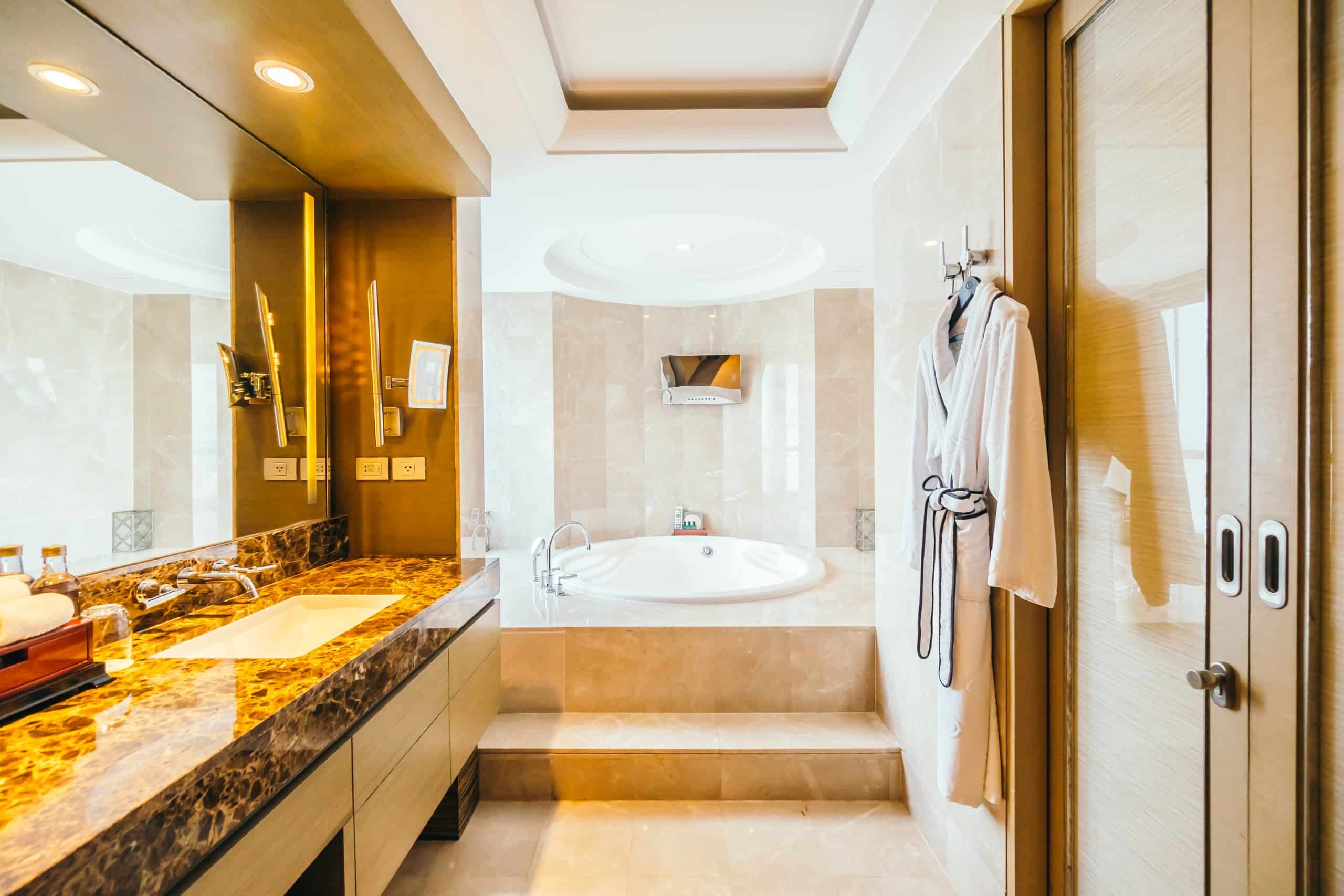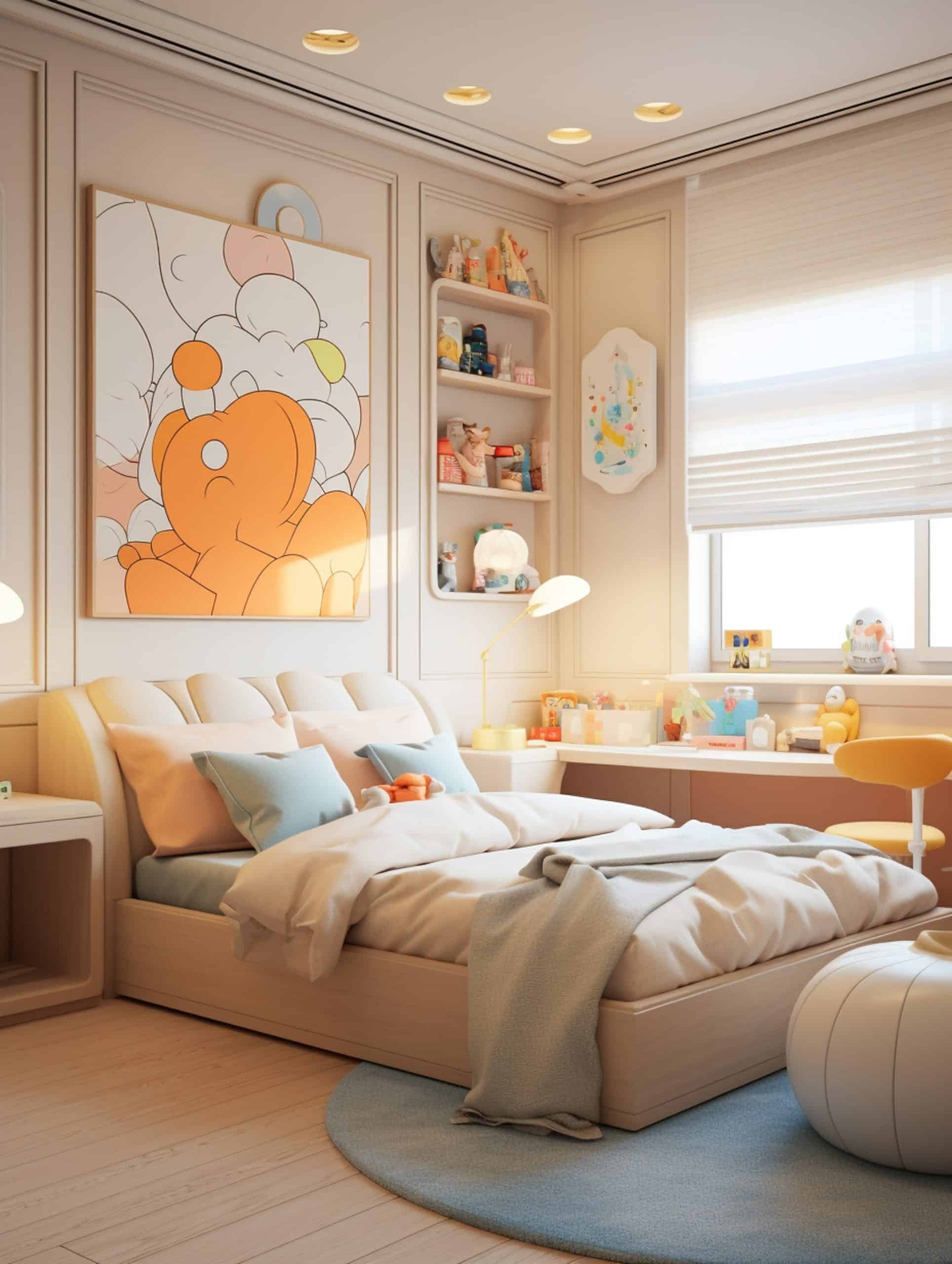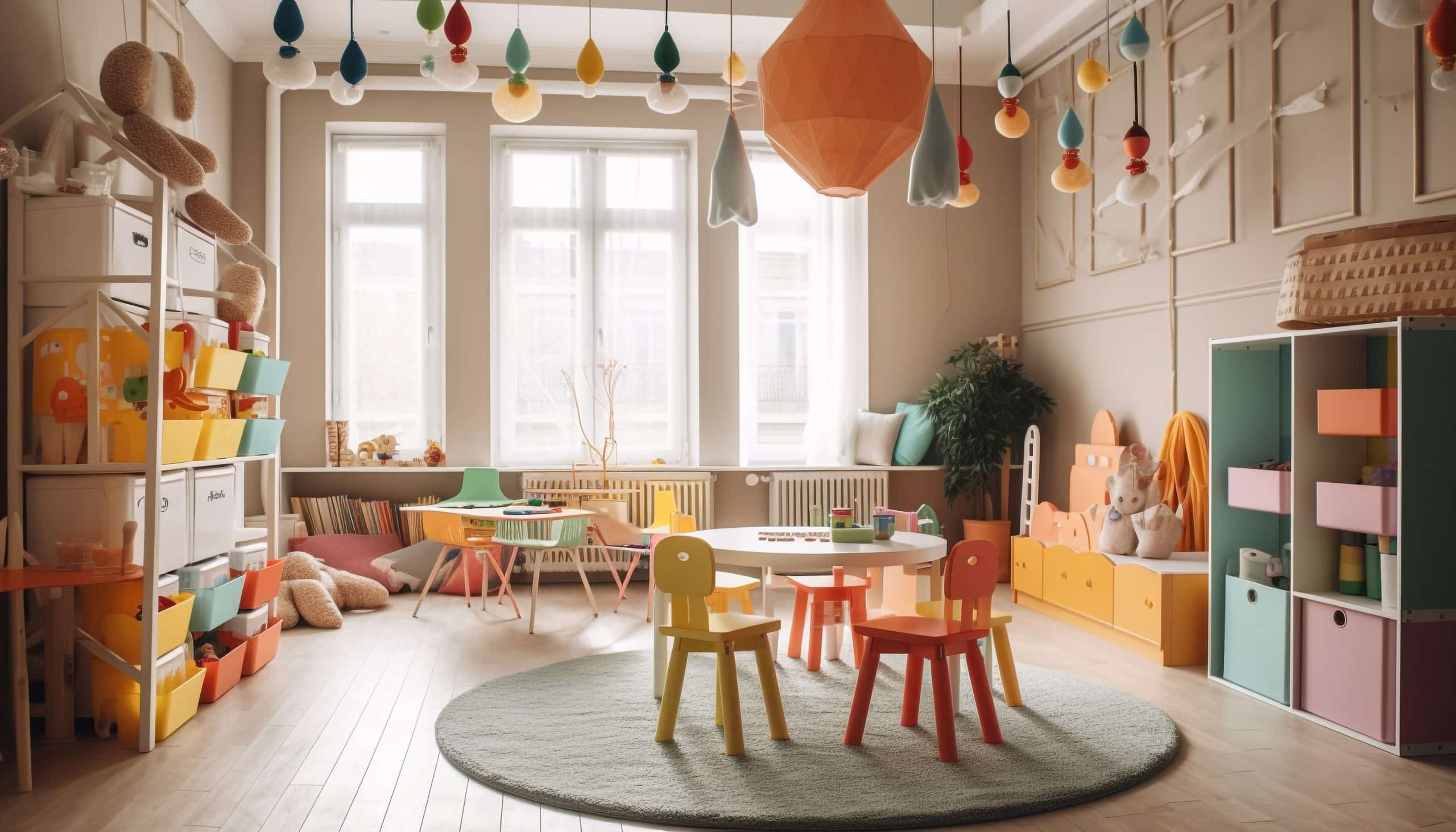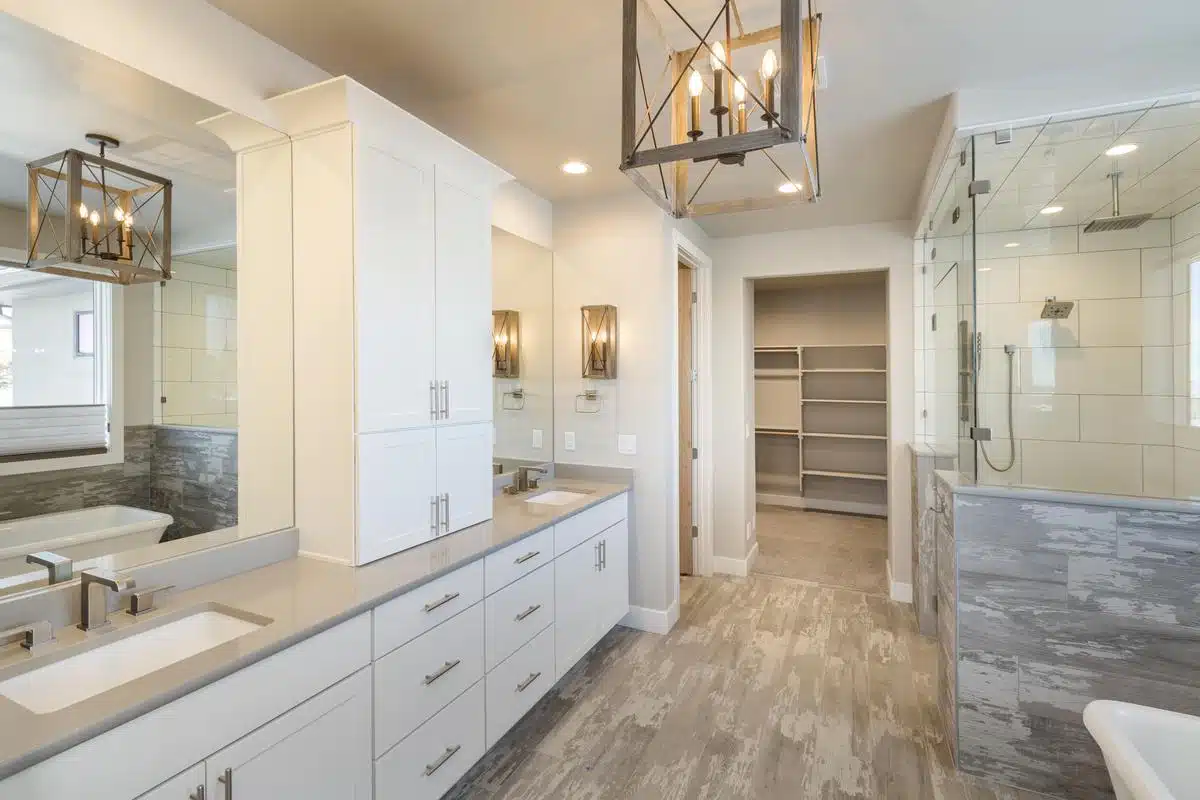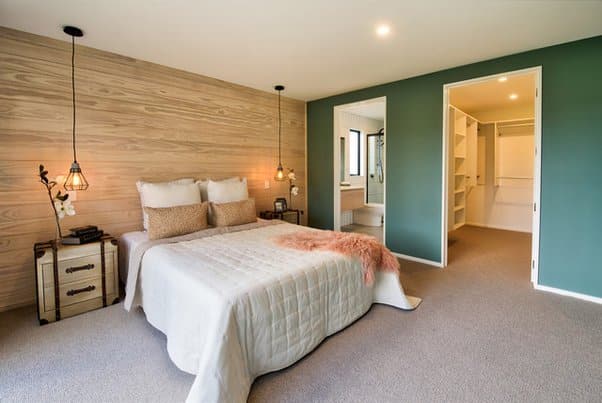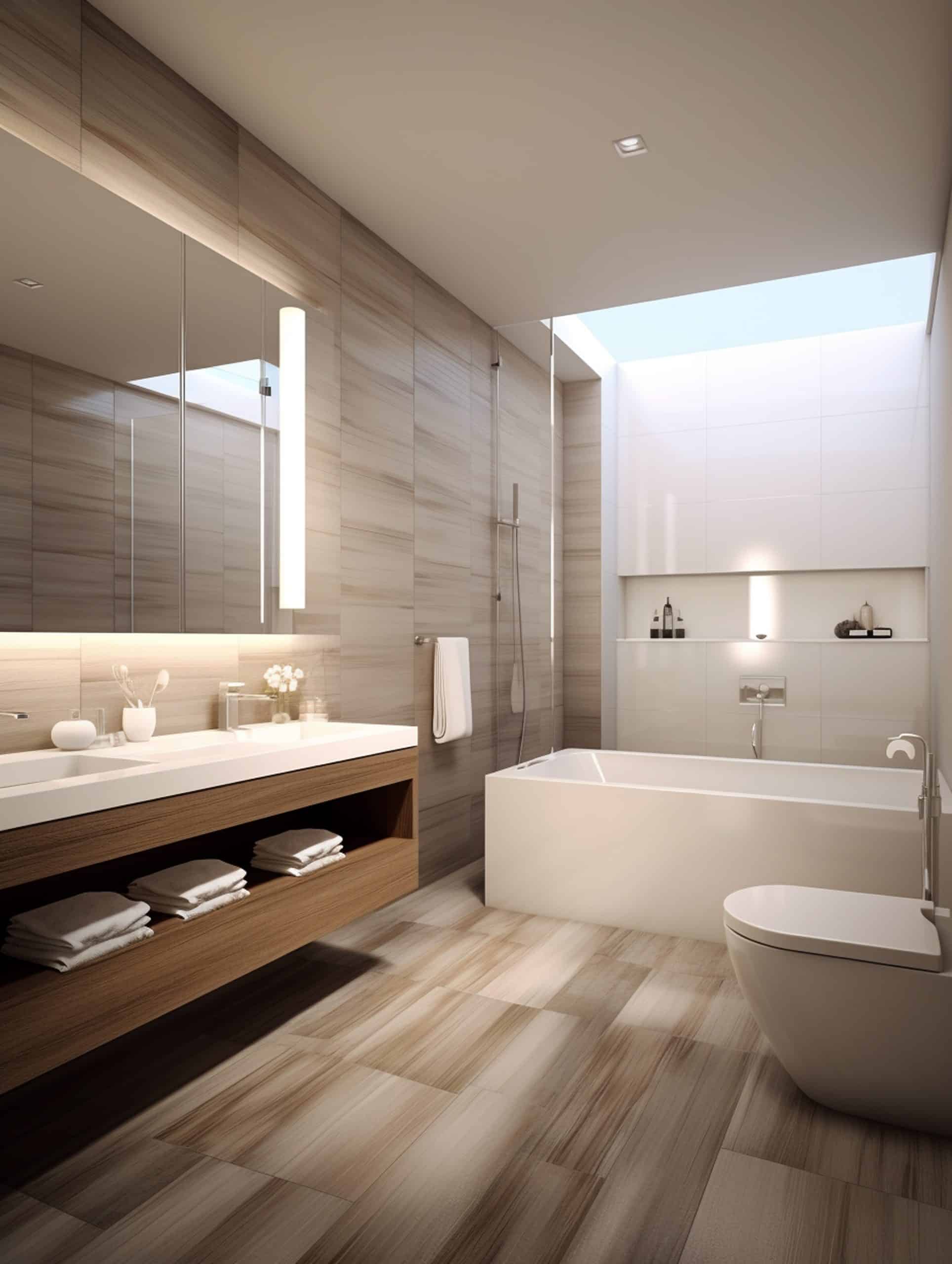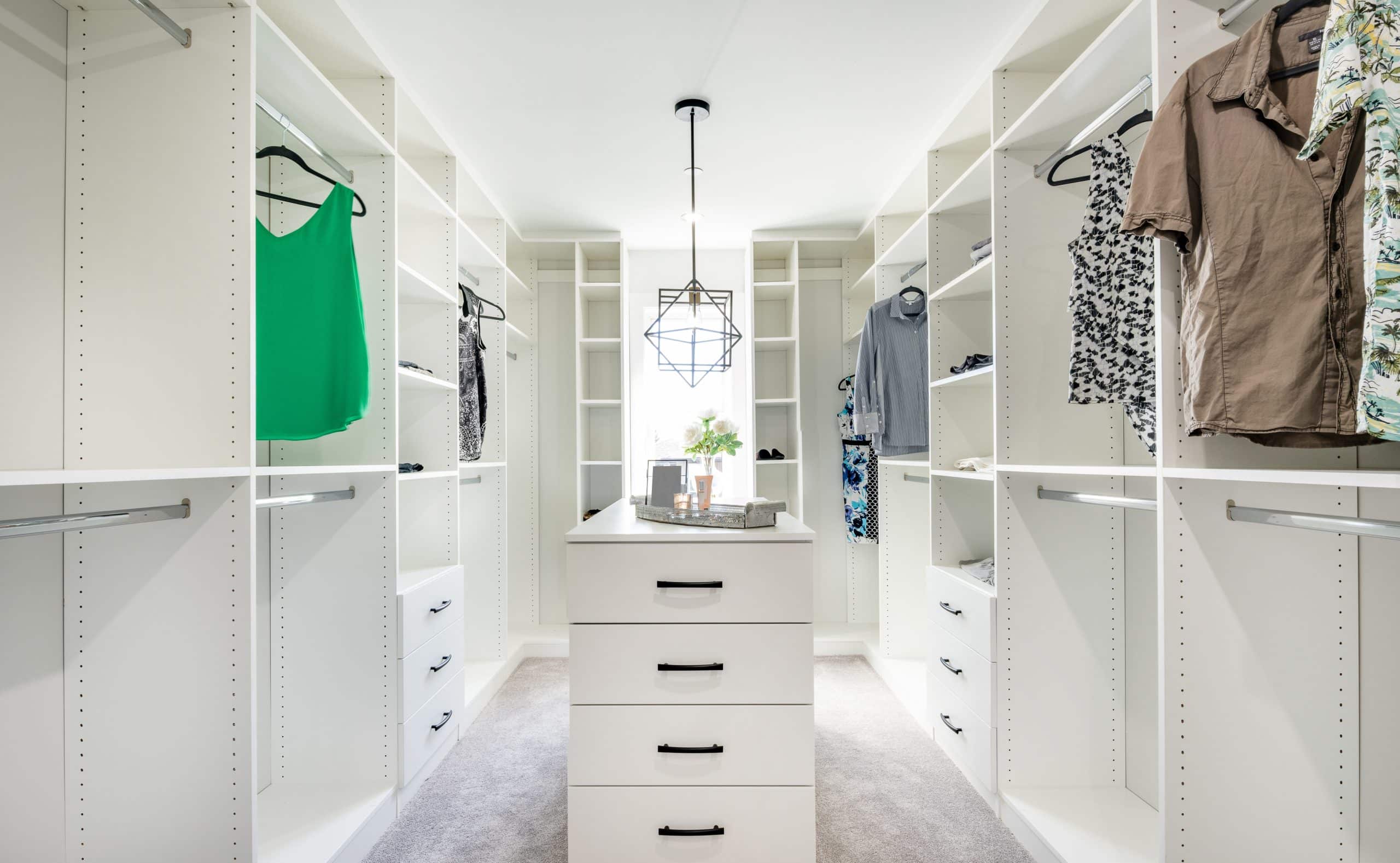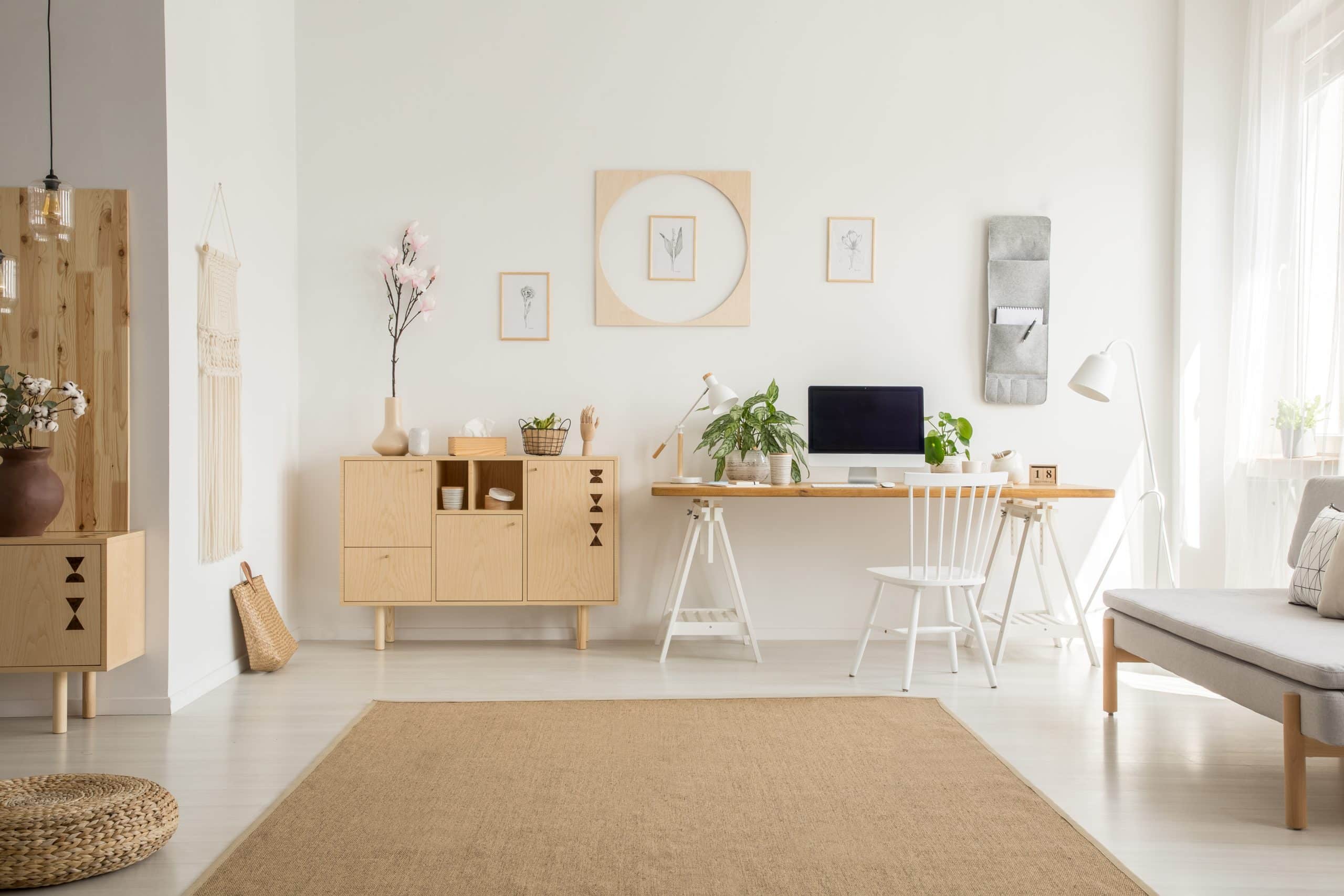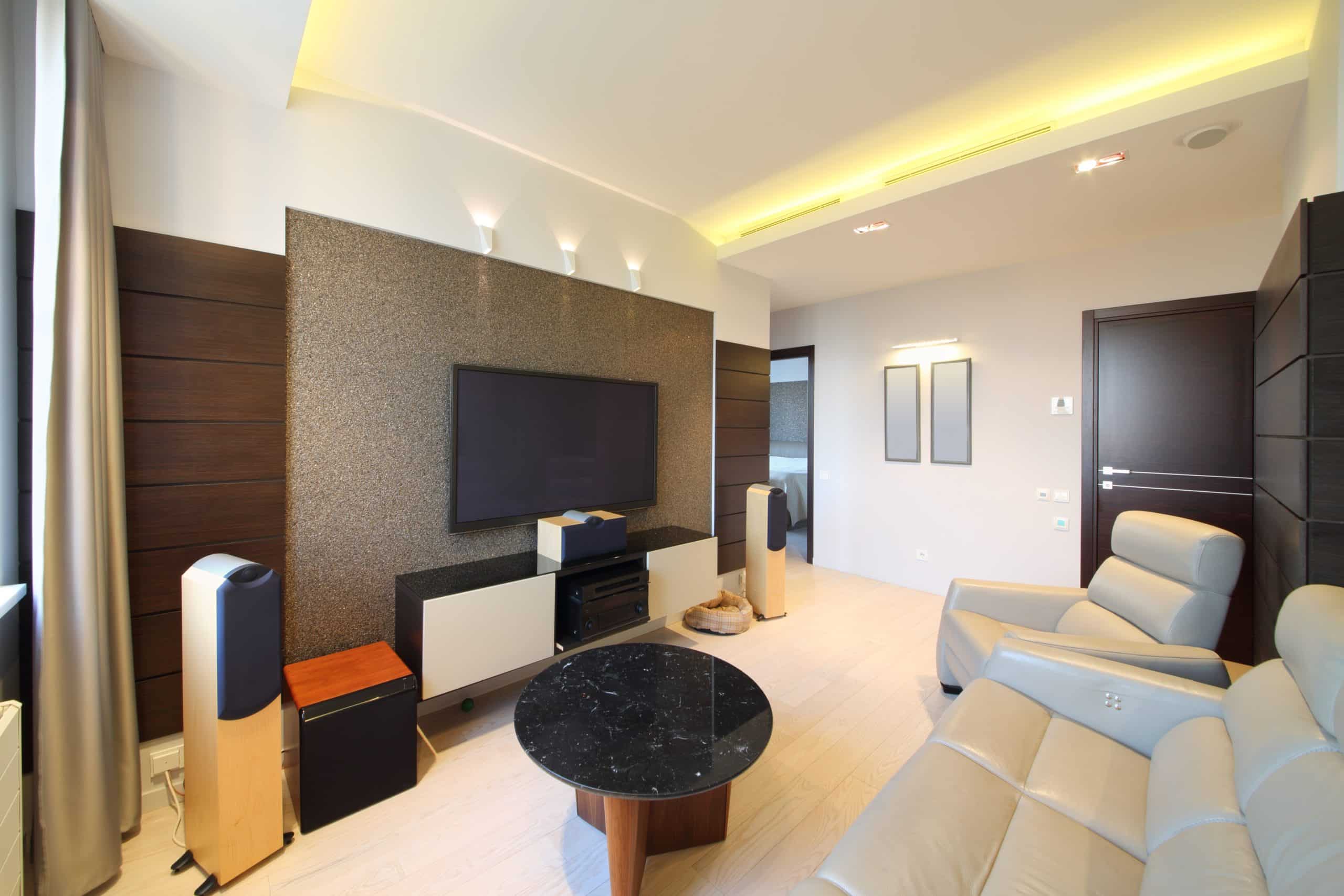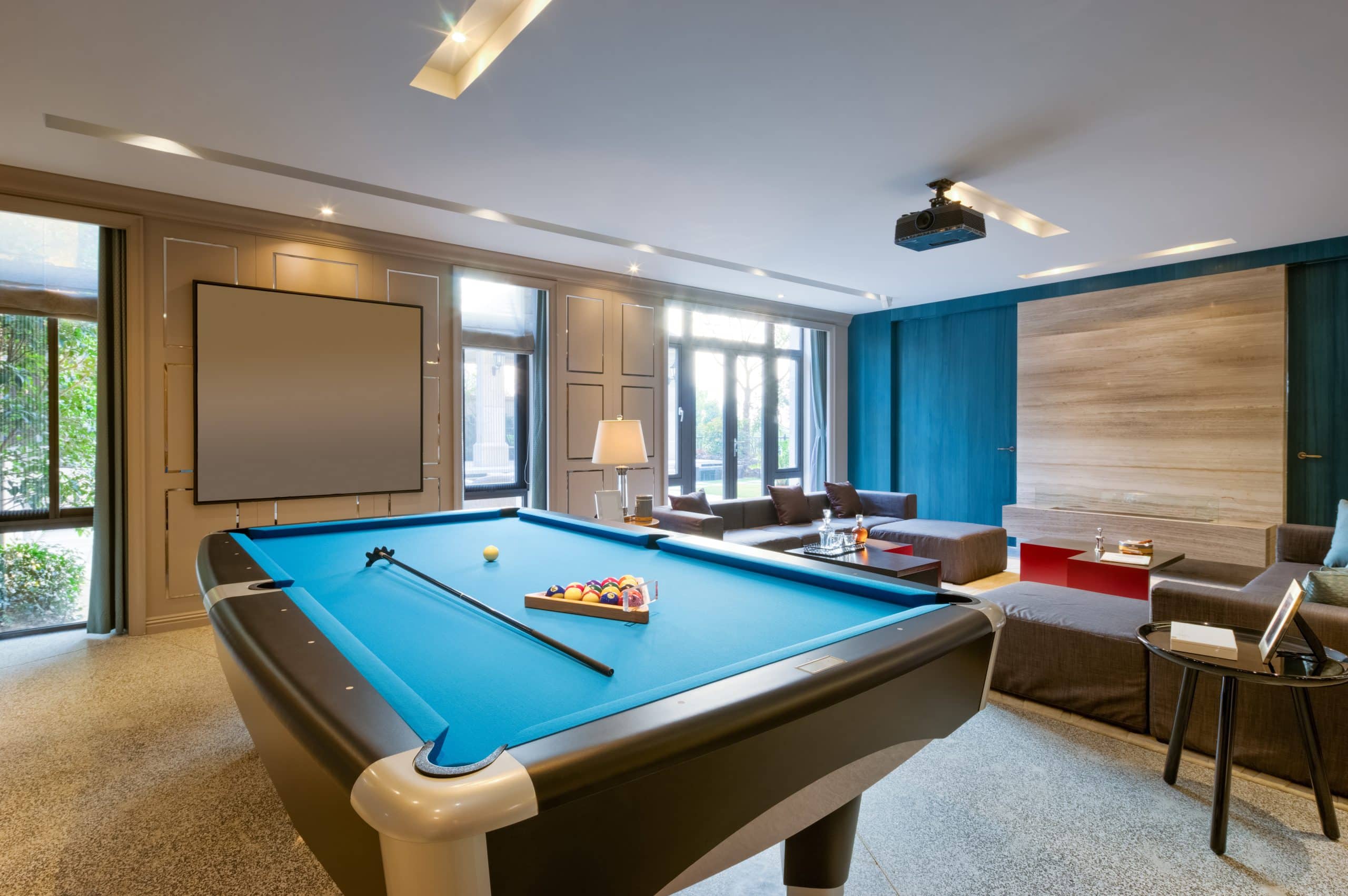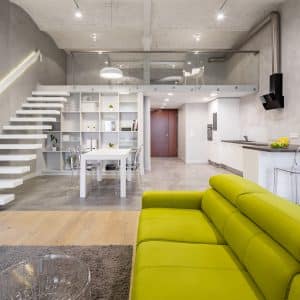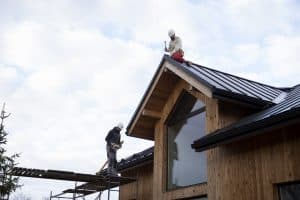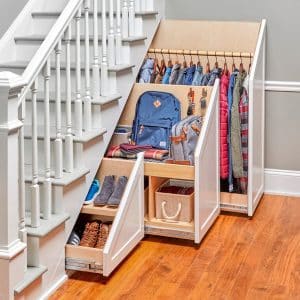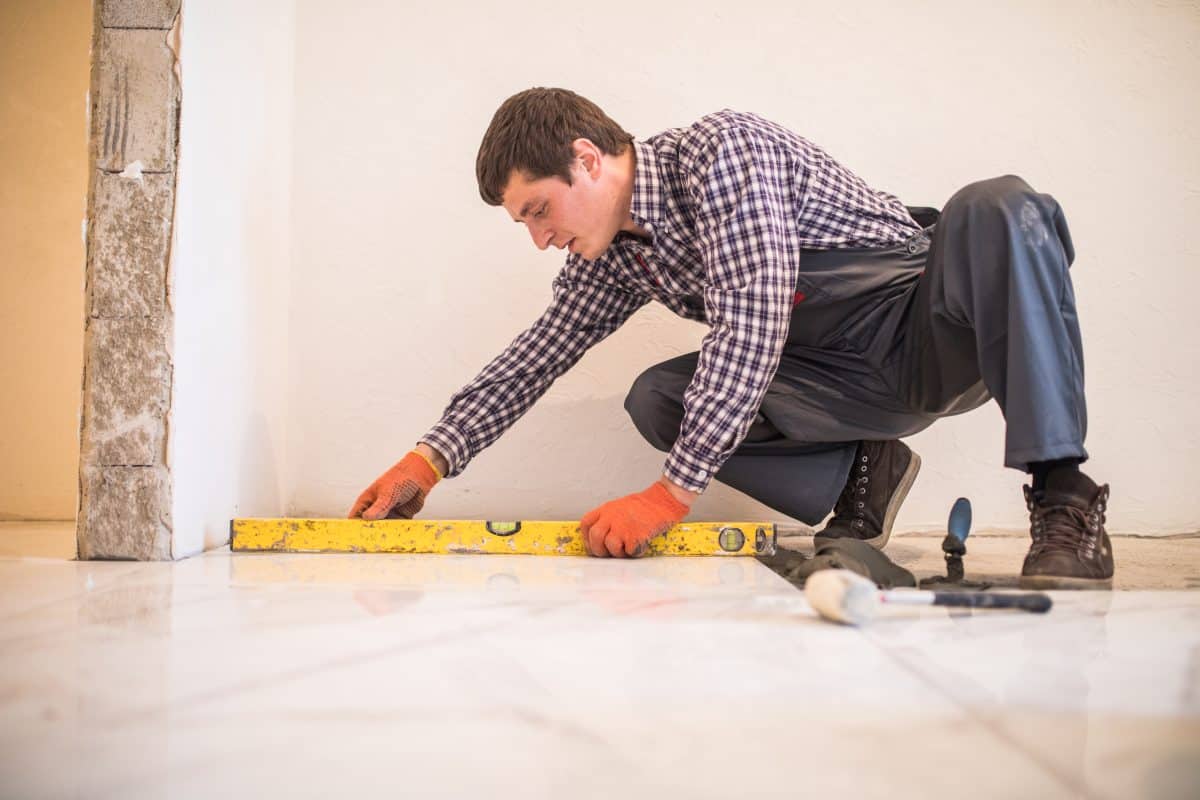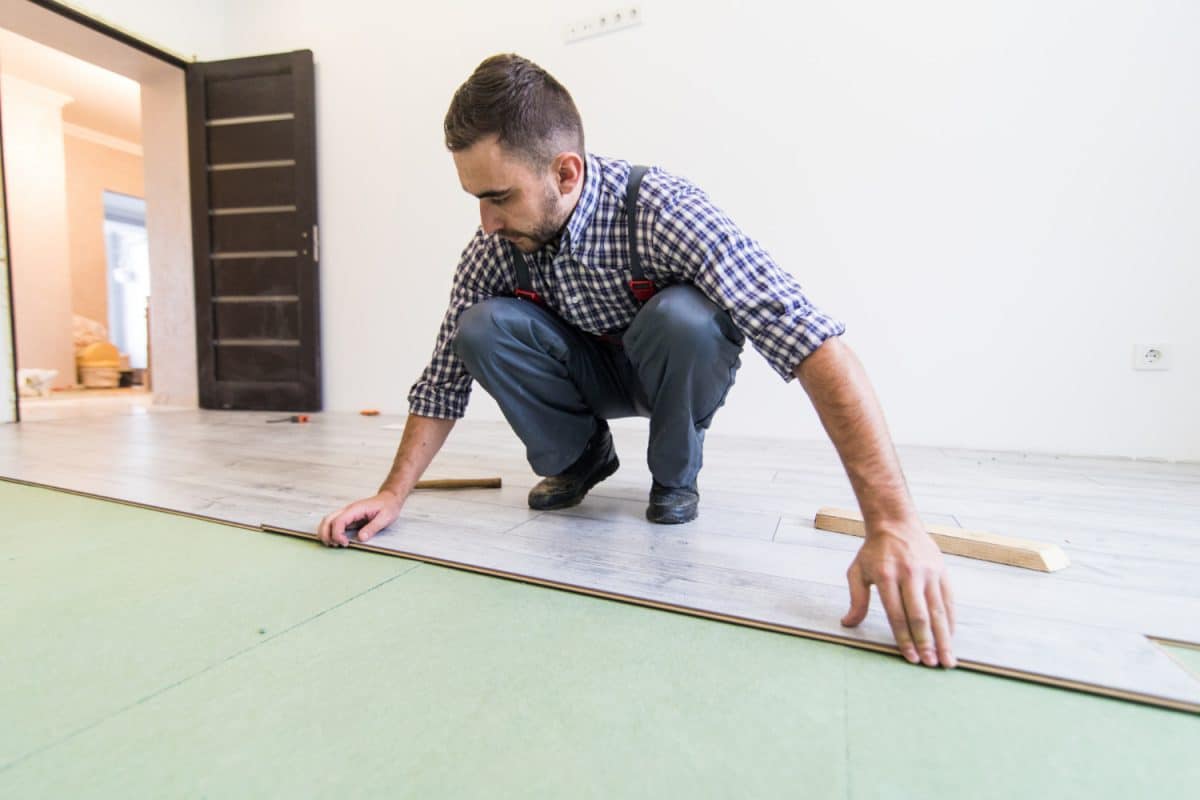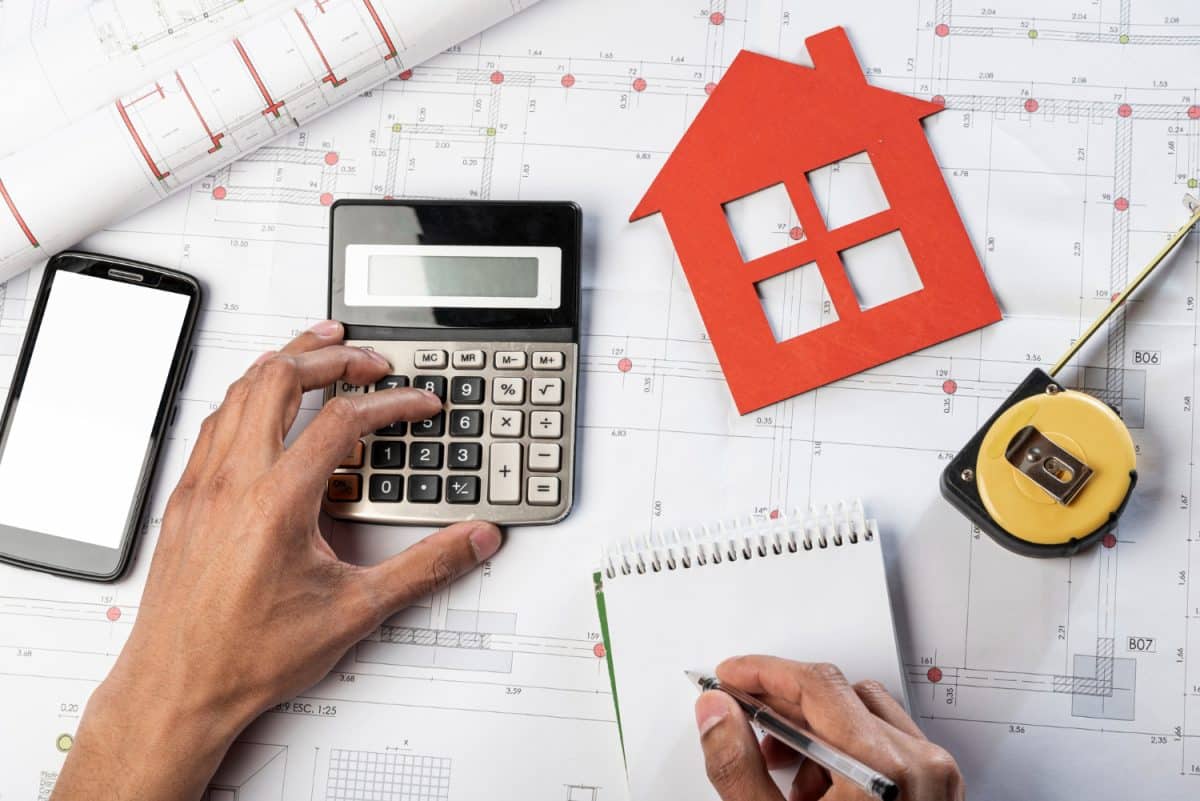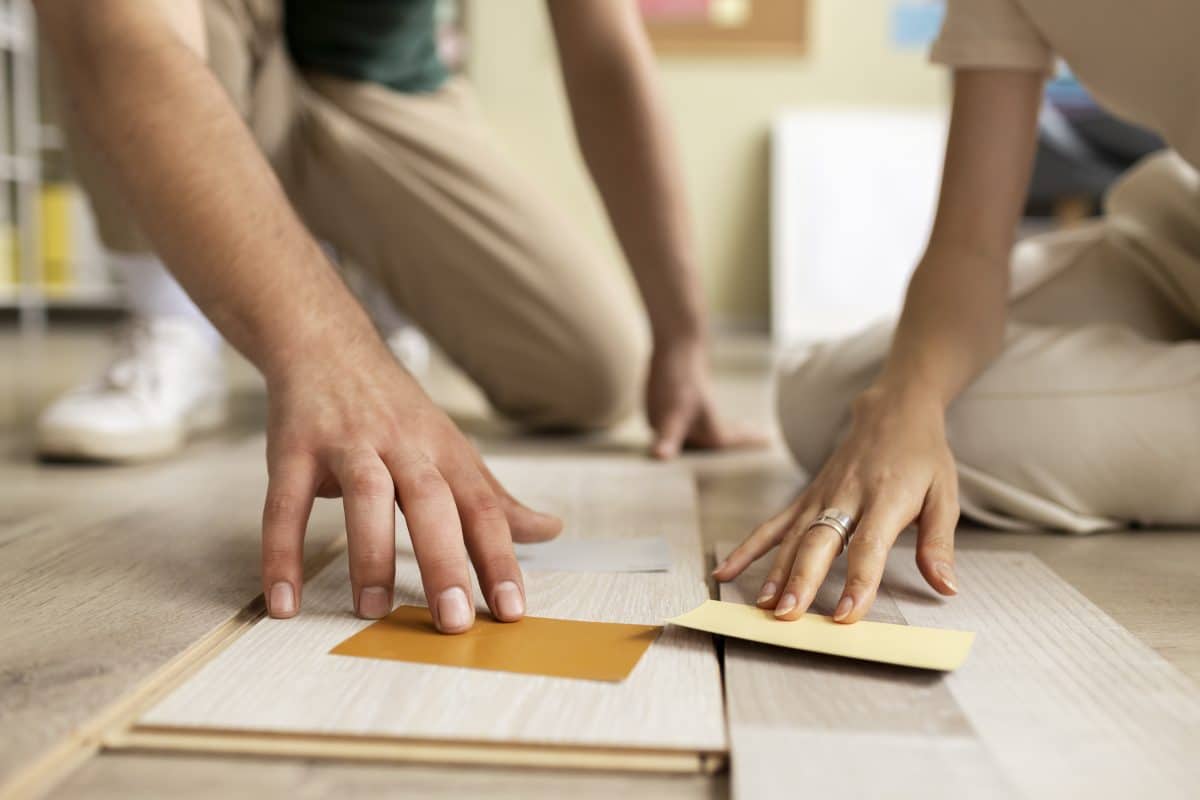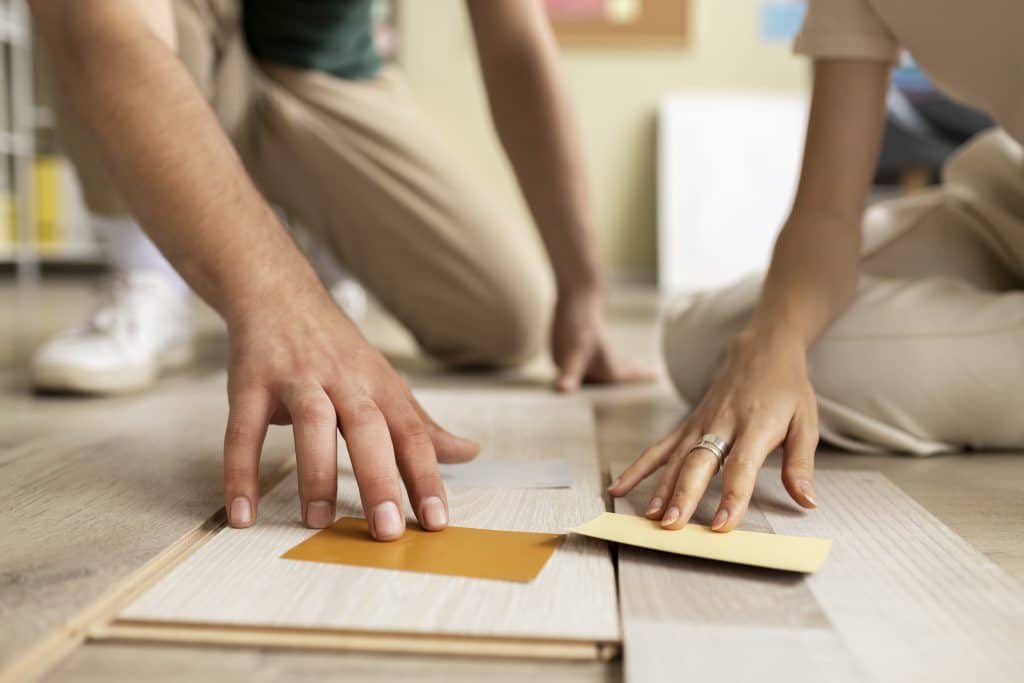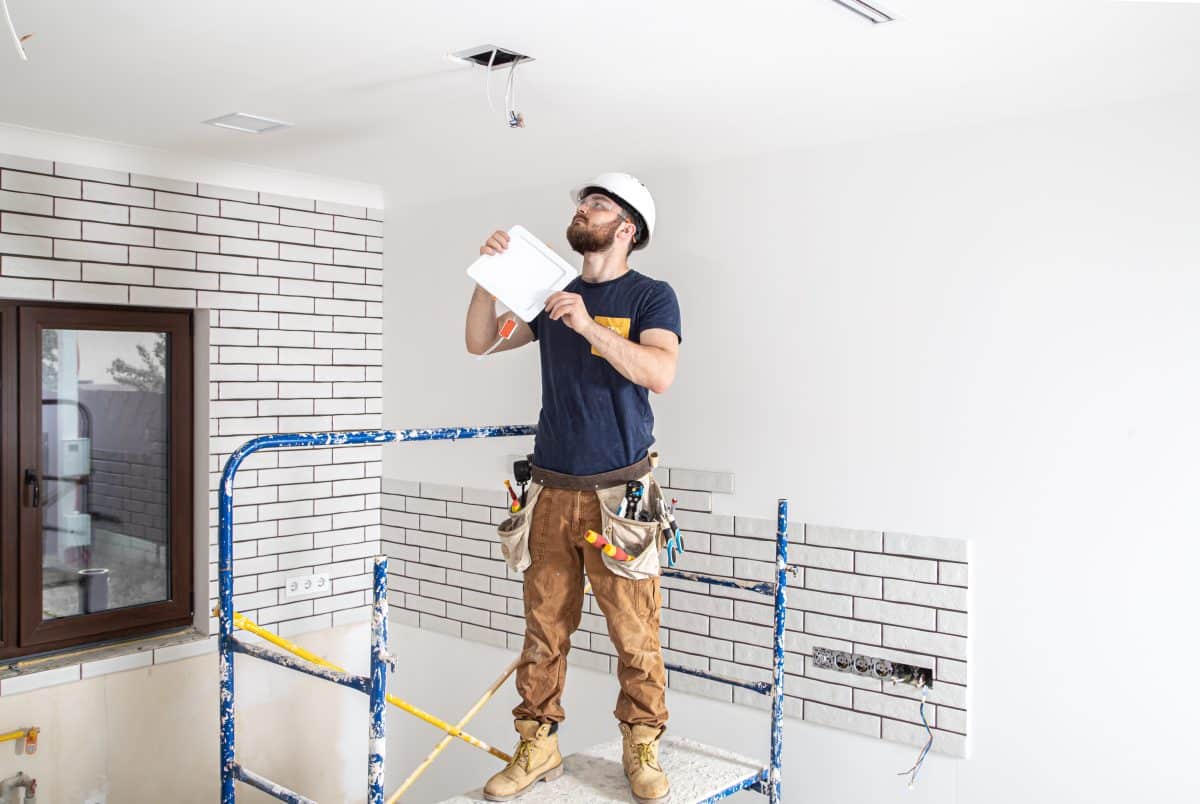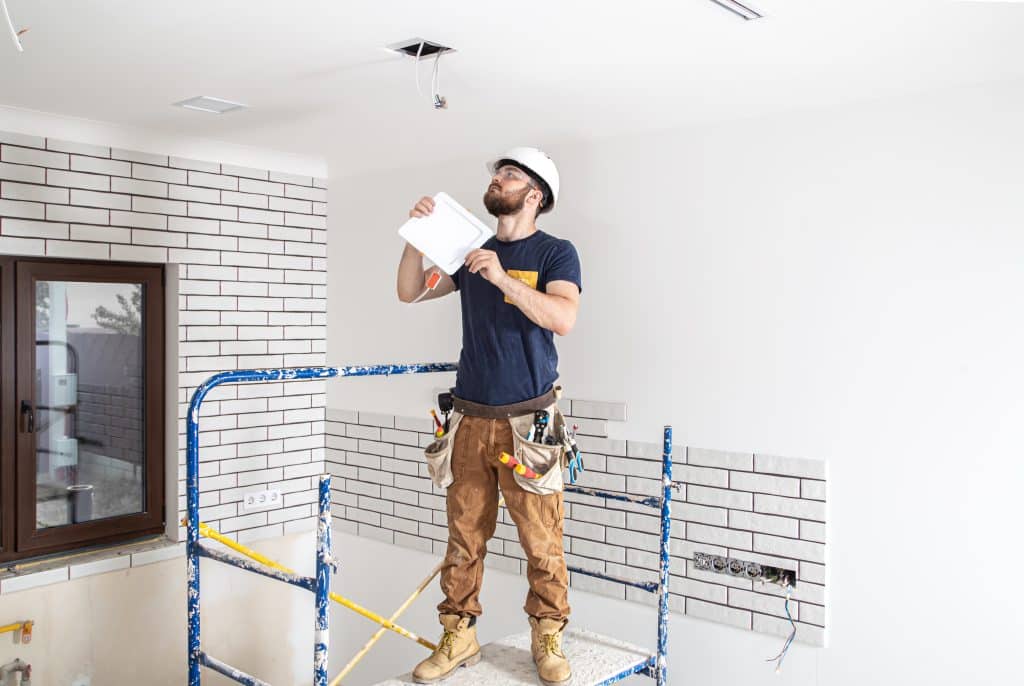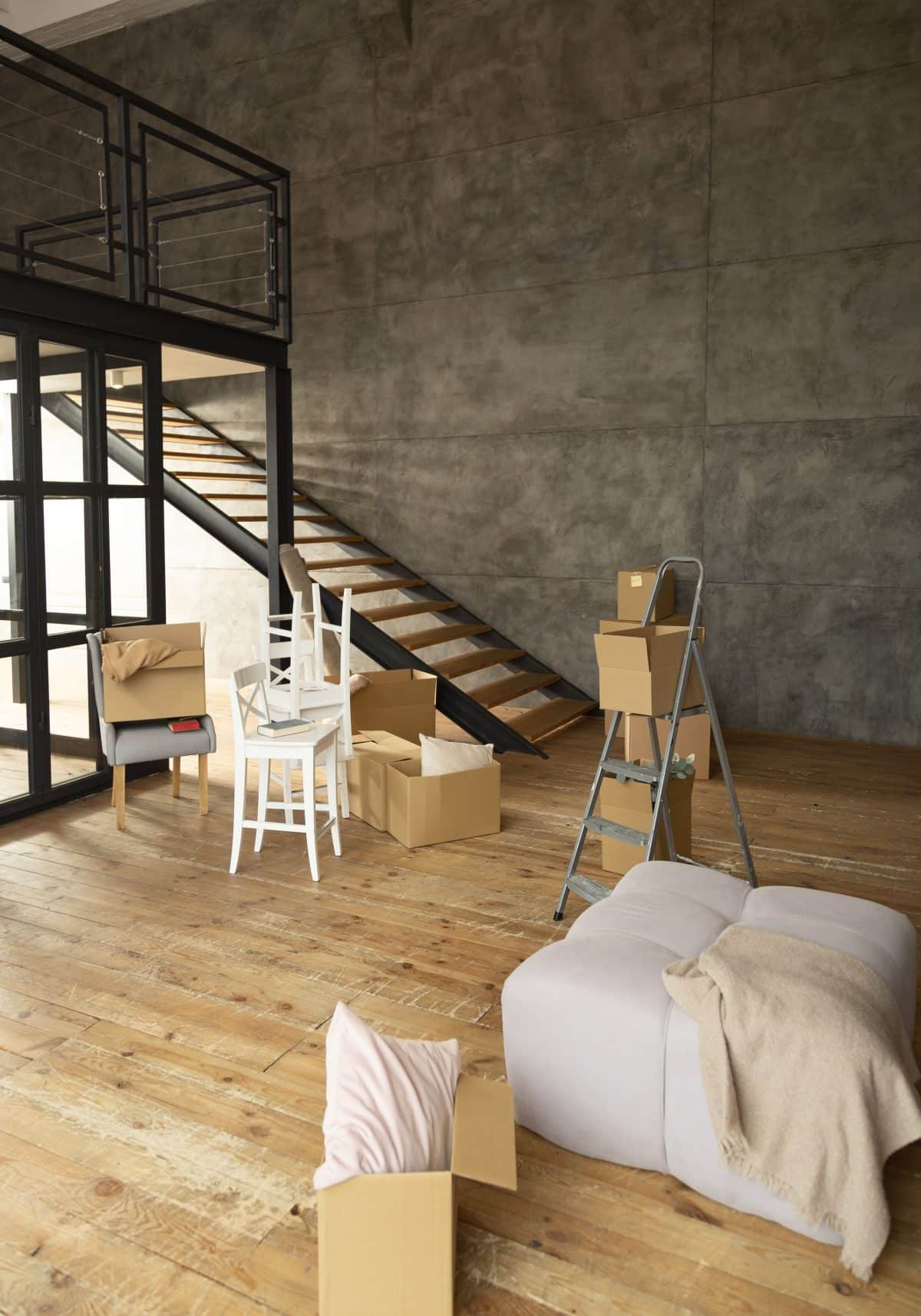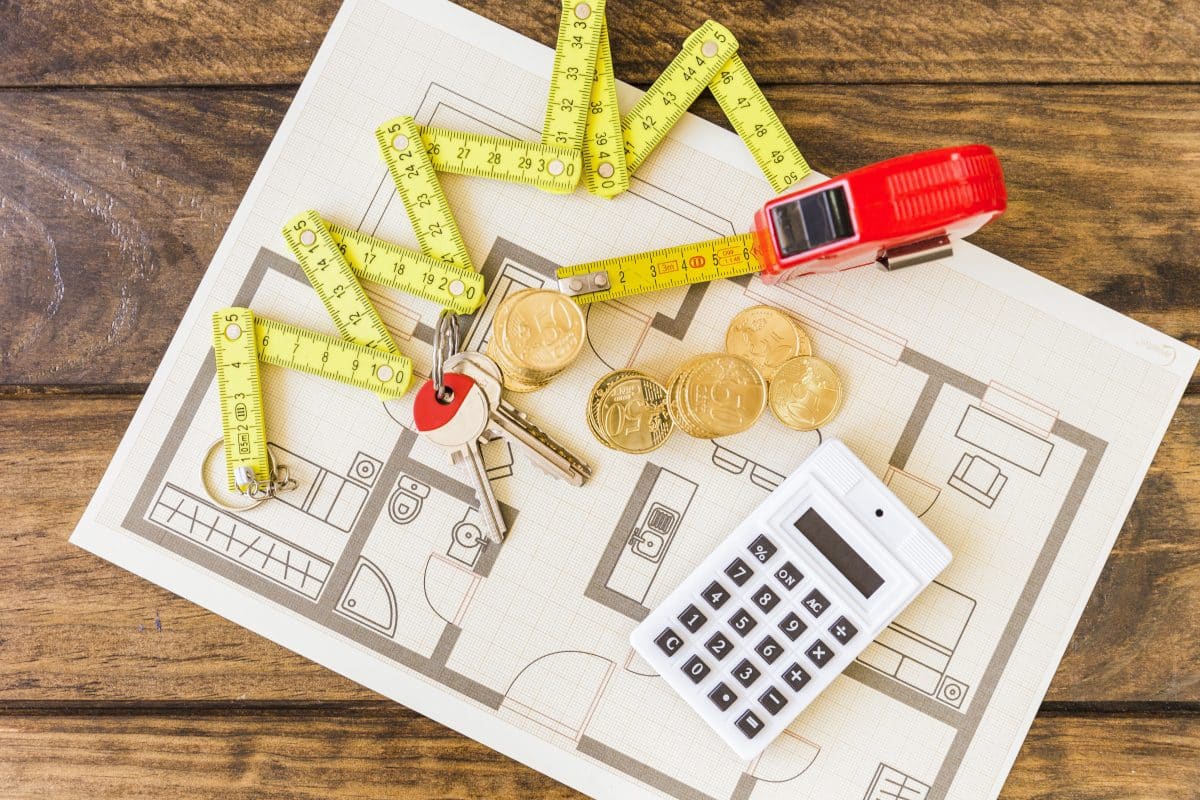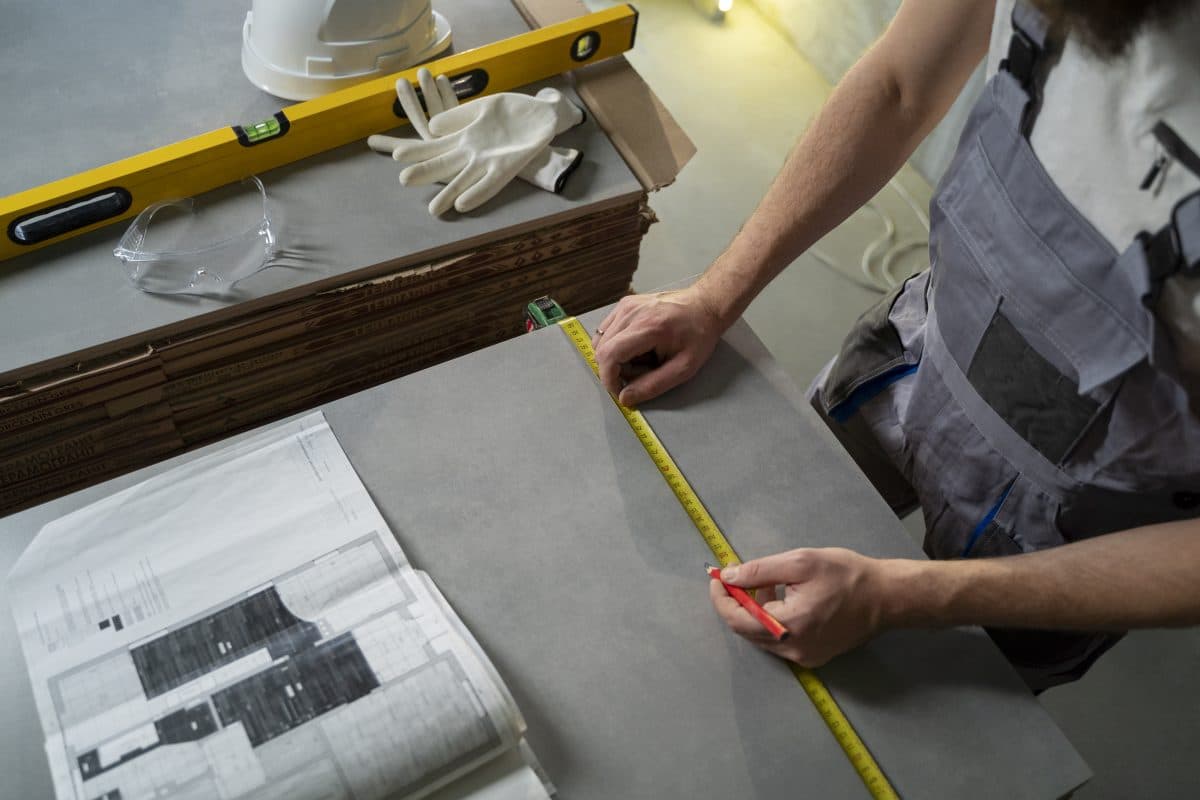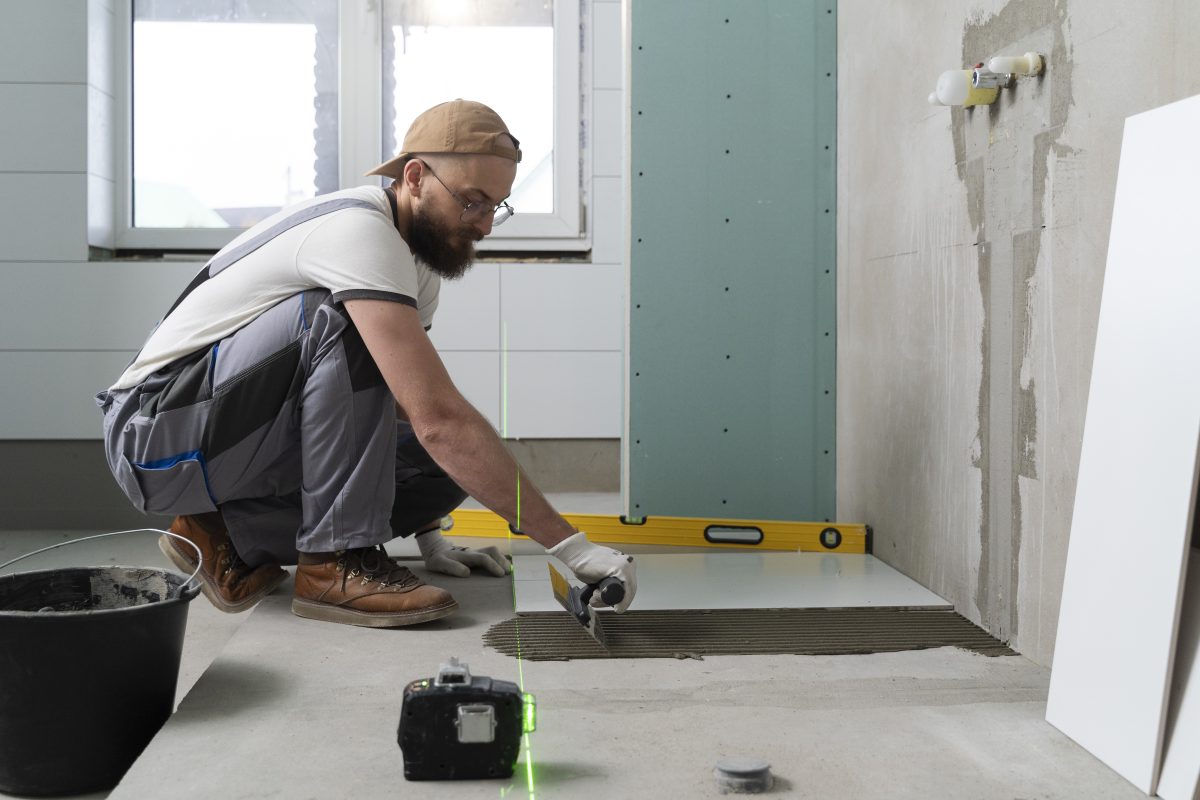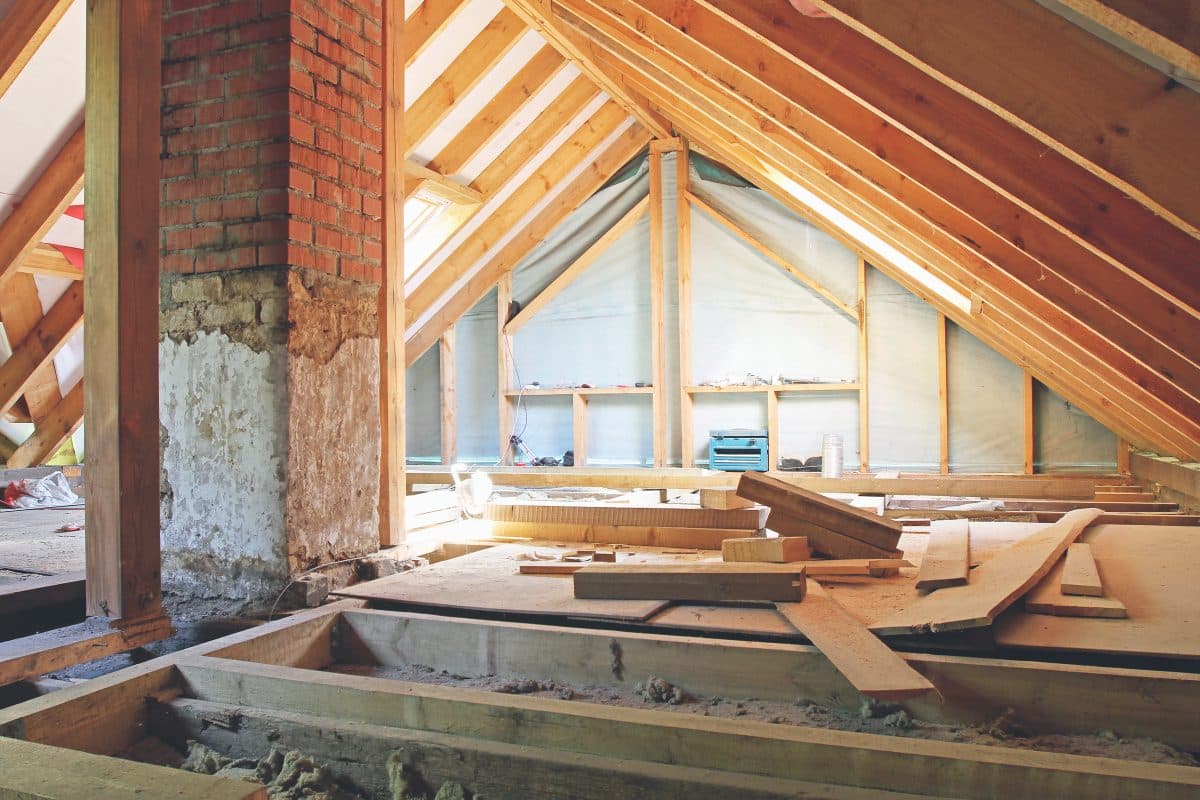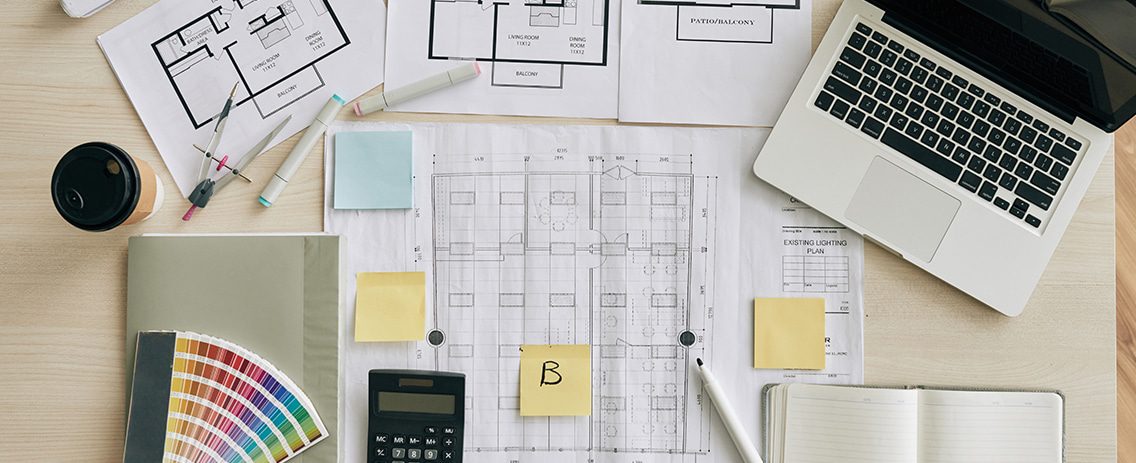The balmy Australian climate practically begs for extending your living space into the great outdoors. Whether you have a sprawling suburban backyard or a quaint inner-city courtyard, a well-designed outdoor area adds significant value to your property, enhances your lifestyle, and becomes a haven for entertaining or quiet relaxation. But where do you begin when it comes to Home Renovation Sydney? This guide will spark your creativity with various outdoor oasis design ideas, taking into account the unique considerations of a Sydney renovation project.
Unlocking Your Backyard’s Potential: Home Renovations Sydney Specifics
Before diving headfirst into design ideas, look at your existing space well. Consider its size, shape, orientation, and the specific challenges and opportunities the Sydney climate presents. Here are some key questions to ask yourself:
- Sun exposure: Does your backyard receive full sun, afternoon sun (ideal for entertaining areas), partial shade, or mostly shade? This will influence plant selection and determine the need for shade structures, especially considering Sydney’s hot summers.
- Privacy: Do you have existing fences or walls for privacy, or will you need to incorporate privacy screens or strategically placed plantings into the design? Consider the potential impact of overlooking neighbours, especially in densely populated areas.
- Drainage: How does water flow through your backyard, particularly during Sydney’s occasional heavy downpours? Addressing drainage issues is crucial to prevent flooding or foundation problems. Look for signs of pooling water or damp areas.
- Lifestyle: How do you envision using your outdoor space? Would you entertain large groups for barbecues, create a tranquil retreat for morning coffee and yoga sessions, cultivate a thriving vegetable garden, or do a combination?
Design Ideas for Your Backyard Oasis – Sydney Style
Once you have a good understanding of your space, let’s explore some design ideas suited explicitly to the Home Renovation Sydney project:
- Decking and Patios: Create a designated entertaining area with a deck or patio. Composite materials are popular in Sydney due to their low-maintenance upkeep and ability to withstand the harsh sun. Consider incorporating a built-in bench along one side of the deck for additional seating and storage.
- Seating and Relaxation Areas: Incorporate comfortable seating arrangements for dining, lounging, or simply enjoying the outdoors. Consider built-in bench seating with storage underneath, modular outdoor sofas that can be reconfigured for different uses, or a strategically placed hammock strung between mature trees for a shady escape.
- Fire Features: A fire pit or outdoor fireplace adds warmth, ambience, and a focal point to your outdoor space. Gas fire pits are a popular option in Sydney due to fire restrictions in some areas. They offer the convenience of a flick of a switch and minimal maintenance.
- Water Features: The soothing sound of water can be incredibly relaxing. Explore options like a bubbling rock water feature, a small koi pond with aquatic plants, or a simple water fountain tucked into a shady corner. Remember to factor in common water restrictions in Sydney and choose low-maintenance water features.
- Outdoor Kitchen: Elevate your entertaining game with an outdoor kitchen. This could be a simple grill station with a bench for food prep or a fully equipped space with a sink, countertop, storage cabinets, and even a pizza oven. Consider the materials carefully, opting for weather-resistant options like stainless steel or marine-grade composite materials.
- Pergolas and Gazebos: Create shaded areas for lounging or dining with pergolas or gazebos. Climbing plants like wisteria or native honeysuckle can further enhance visual appeal and provide shade during hot summers.
- Lighting: String lights overhead, solar-powered lanterns placed strategically around the perimeters, or spotlights focused on critical features like water features or sculptures can extend the usability of your outdoor space into the evenings and create a magical ambience.
- Vertical Gardens: Vertical gardens maximise space and add greenery. This works particularly well for smaller backyards or courtyards in Sydney, where space is often at a premium. Vertical gardens can be constructed from recycled materials and house a variety of herbs, vegetables, or even flowering plants.
- Swimming Pool: A swimming pool can be the ultimate backyard centrepiece for those with the budget and space. However, Sydney’s water restrictions mean careful consideration needs to be given to pool size, filtration systems, and water features. Explore drought-tolerant landscaping options around the pool to minimise water evaporation.
- Native Plants: Embrace the Australian landscape and support local ecosystems by incorporating native plants that are low-maintenance, drought-resistant, and attract beautiful birdlife. Grevilleas, banksias, and kangaroo paws are all excellent choices for a Sydney backyard.
Home Renovation Sydney: Creating a Cohesive Flow
The key to a successful Home Renovation Sydney project that includes your backyard is to ensure a cohesive flow between the indoors and outdoors. Here are some tips suited explicitly to Sydney homes:
- Utilise large sliding or bi-fold doors to connect your living space and the patio/deck seamlessly. This is particularly important in Sydney’s temperate climate, where indoor and outdoor living often blend seamlessly.
- Incorporate similar design elements in both indoor and outdoor areas, such as colour palettes, materials, and furniture styles. For example, if your living room features a neutral colour scheme with pops of blue, extend this colour scheme to your outdoor patio furniture and cushions. Using similar materials, like timber decking that echoes the wooden floorboards inside, further unifies the spaces.
- Extend flooring materials, like tiles or timber, from the indoors to the outdoors. This creates a visually cohesive flow and makes the transition between the two spaces more natural. Opt for outdoor-rated tiles or timber that can withstand Sydney’s weather conditions.
Beyond the Backyard: Balcony Bliss for Inner-City Dwellings
If you’re fortunate enough to have a balcony in your Sydney apartment, you can still create a delightful outdoor haven. Here are some space-saving ideas:
- Vertical gardening reigns supreme: Utilise vertical planters or hanging baskets to maximise greenery and add a touch of nature to your balcony. Opt for drought-tolerant herbs, succulents, or flowering climbers.
- Compact furniture is essential: Invest in foldable furniture, space-saving bistro sets, or even ottomans that double as storage. This allows you to maximise functionality without sacrificing valuable floor space.
- Bring in the bling: String lights, fairy lights, or solar-powered lanterns can add a touch of magic and ambience to your balcony, especially during evenings.
- Privacy matters. Do you feel overlooked by neighbours? Consider installing privacy screens or strategically placed plants to create a more intimate setting.
Frequently Asked Questions
Q: Do I need a permit for my backyard renovation?
A: In most cases, yes. It’s crucial to check with your local council in Sydney to determine if a Development Application (DA) is required for your specific project. They can advise you on any regulations or restrictions that may apply.
Q: How can I find a reputable Home Renovation Sydney project contractor?
A: Several resources are available to help you find a qualified contractor in Sydney. The Housing Industry Association (HIA) offers a search tool for members in your area. Additionally, online review platforms and recommendations from friends and neighbours can be helpful. When interviewing potential contractors, ask about their experience with Sydney backyard renovations, check references, and obtain quotes outlining the scope of work and pricing.
Q: What are some low-maintenance landscaping options for Sydney?
To minimise maintenance while still creating a beautiful outdoor space, opt for native plants, gravel pathways, and drought-tolerant groundcovers.
Q: How can I make my outdoor space more sustainable?
Consider using eco-friendly materials, installing rainwater tanks, incorporating solar lighting, and choosing energy-efficient appliances for your outdoor kitchen.
Conclusion
Transforming your backyard or balcony into an oasis doesn’t have to be an overwhelming task. By considering your needs, lifestyle, budget, and the unique aspects of a Sydney climate, you can create a beautiful and functional outdoor space that adds value to your home and enhances your enjoyment of the outdoors. Remember, with careful planning, the right design choices, and qualified professionals for your Home Renovation Sydney project, you can turn your outdoor space into a haven for relaxation, entertaining, and creating lasting memories.

